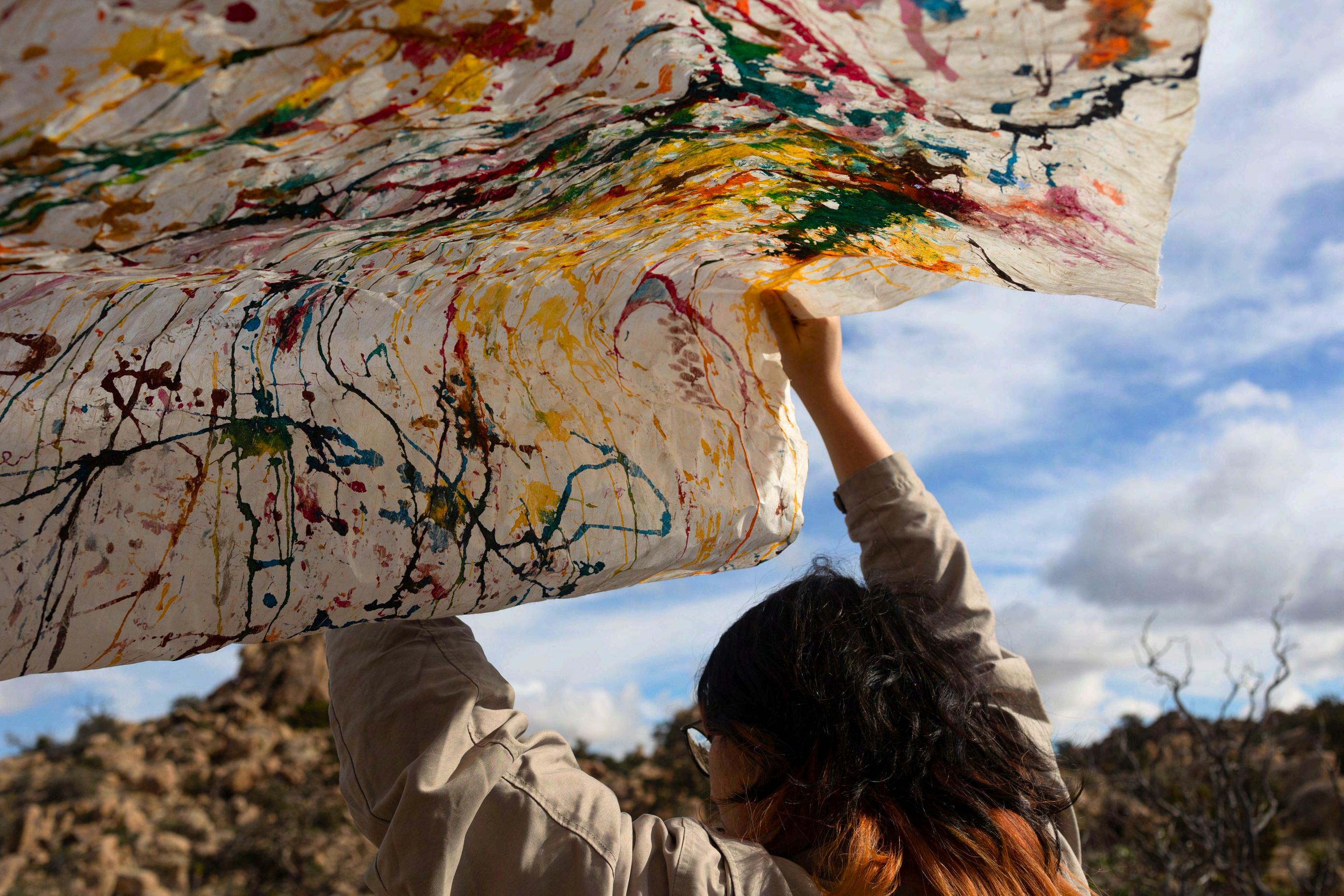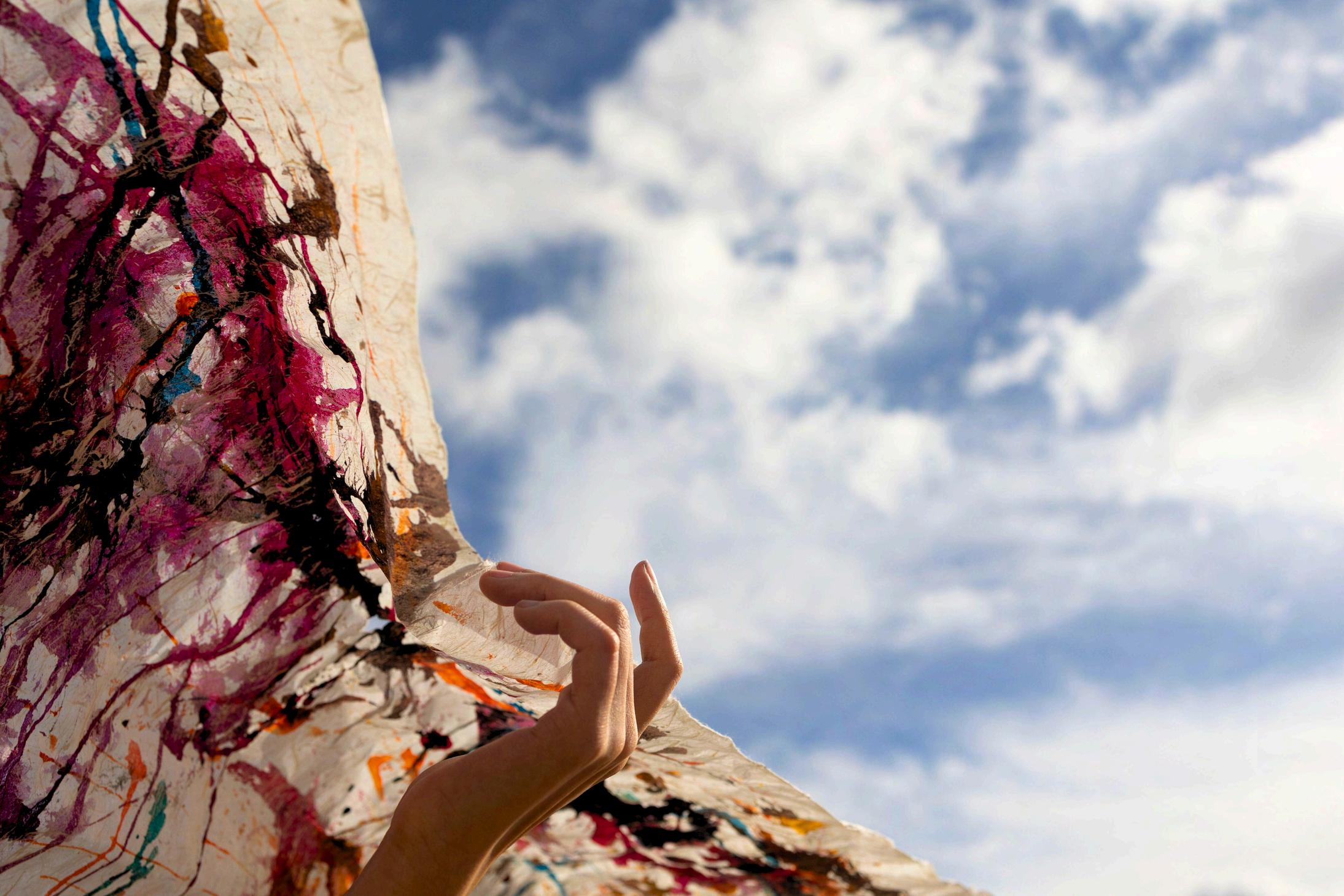
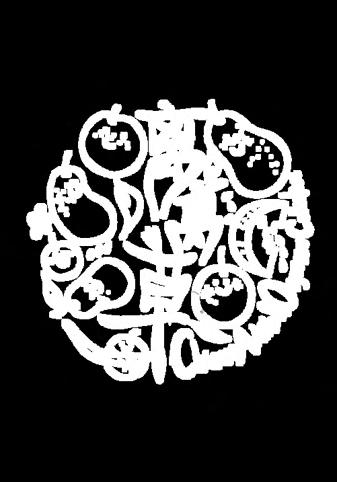



Chinese Artists and Organizers (CAO) Collective 离离草 creates art to empower relational community healing. We make space for nuanced narratives rooted in China, the Sinophone diaspora, and other experiences from the margins. As cultural organizers, we explore social justice-oriented theorizing and narrativizing through communal and processual art practices. Our interdisciplinary praxis interweaves collective poetry, performance, food art, clay, sound, and installation. We reimagine memory/memorials, rituals, intimacy, and queer/feminist kinship to (re)build sustainable community infrastructures.
This is our inaugural yearly report, summarizing CAO Collective’s work from September 2022 to December 2023. We highlight a few ongoing projects, provide key programming and financial statistics, and show behind-the-scene photos. The most special part includes messages from community members who generously shared their experiences with CAO. We hope this yearly ritual enables us to reflect on past work, celebrate milestones, give thanks to our community and envision new directions for the future.
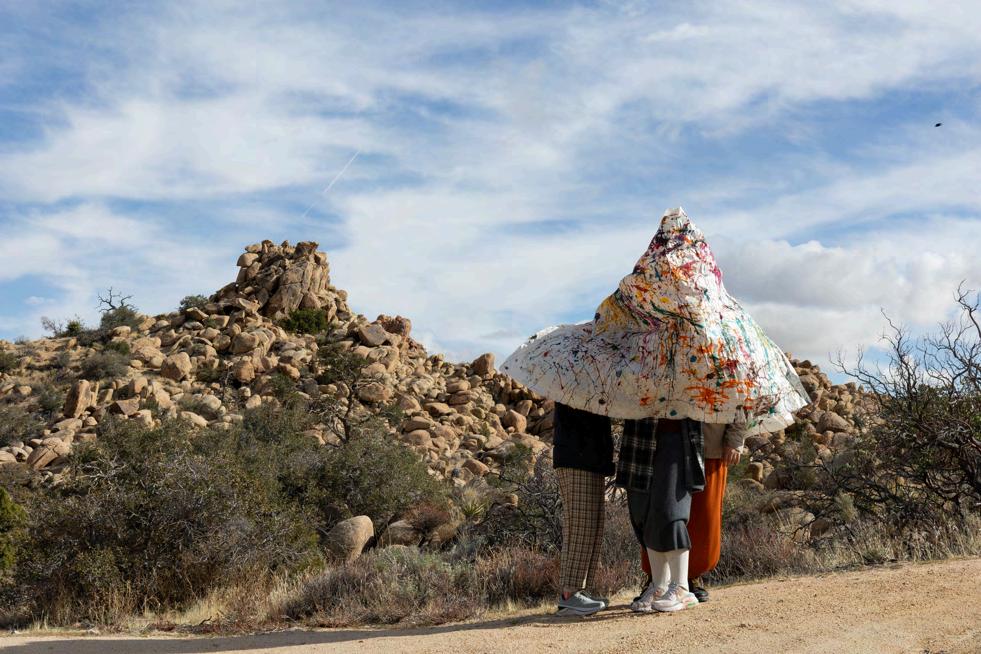
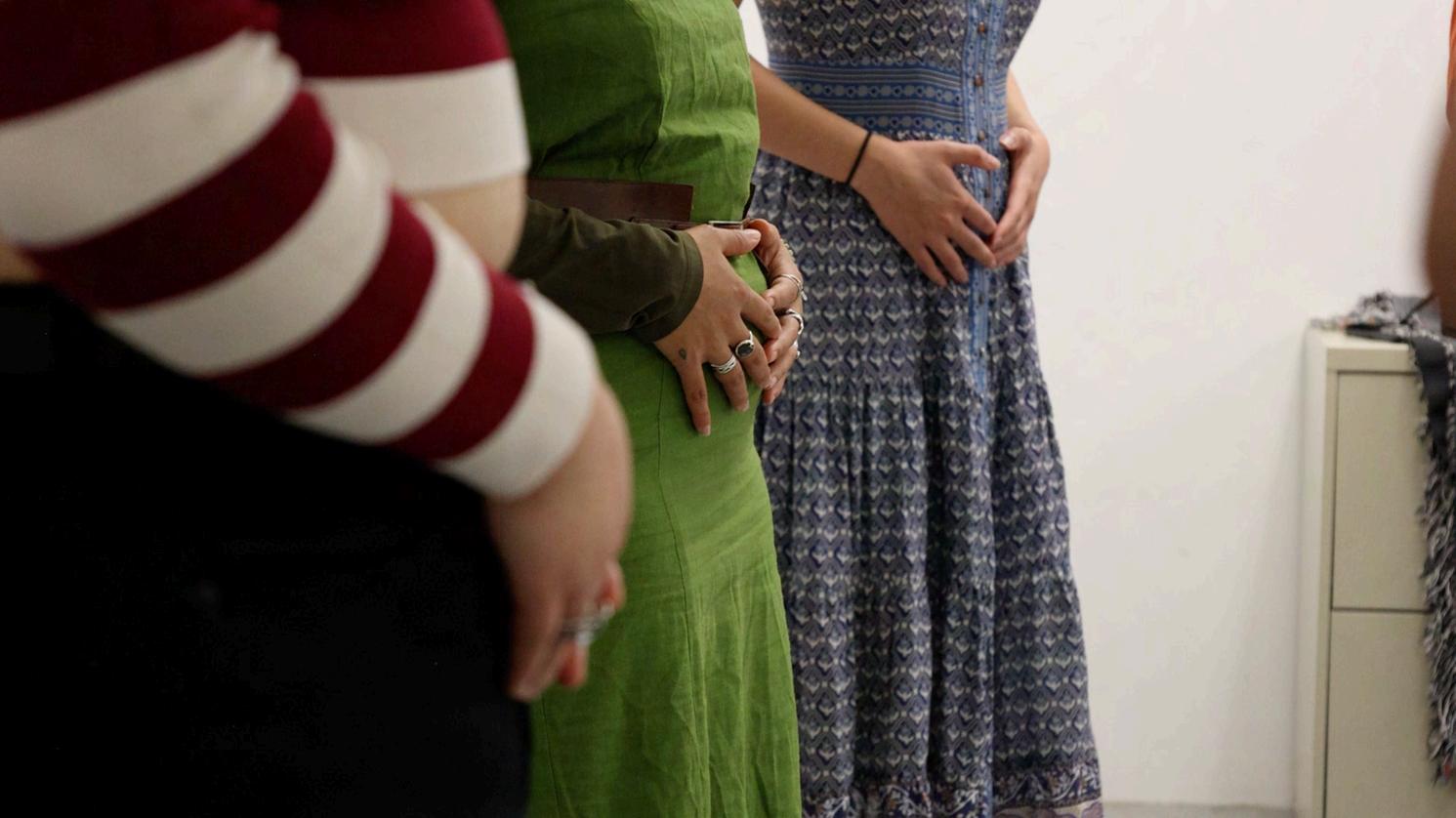
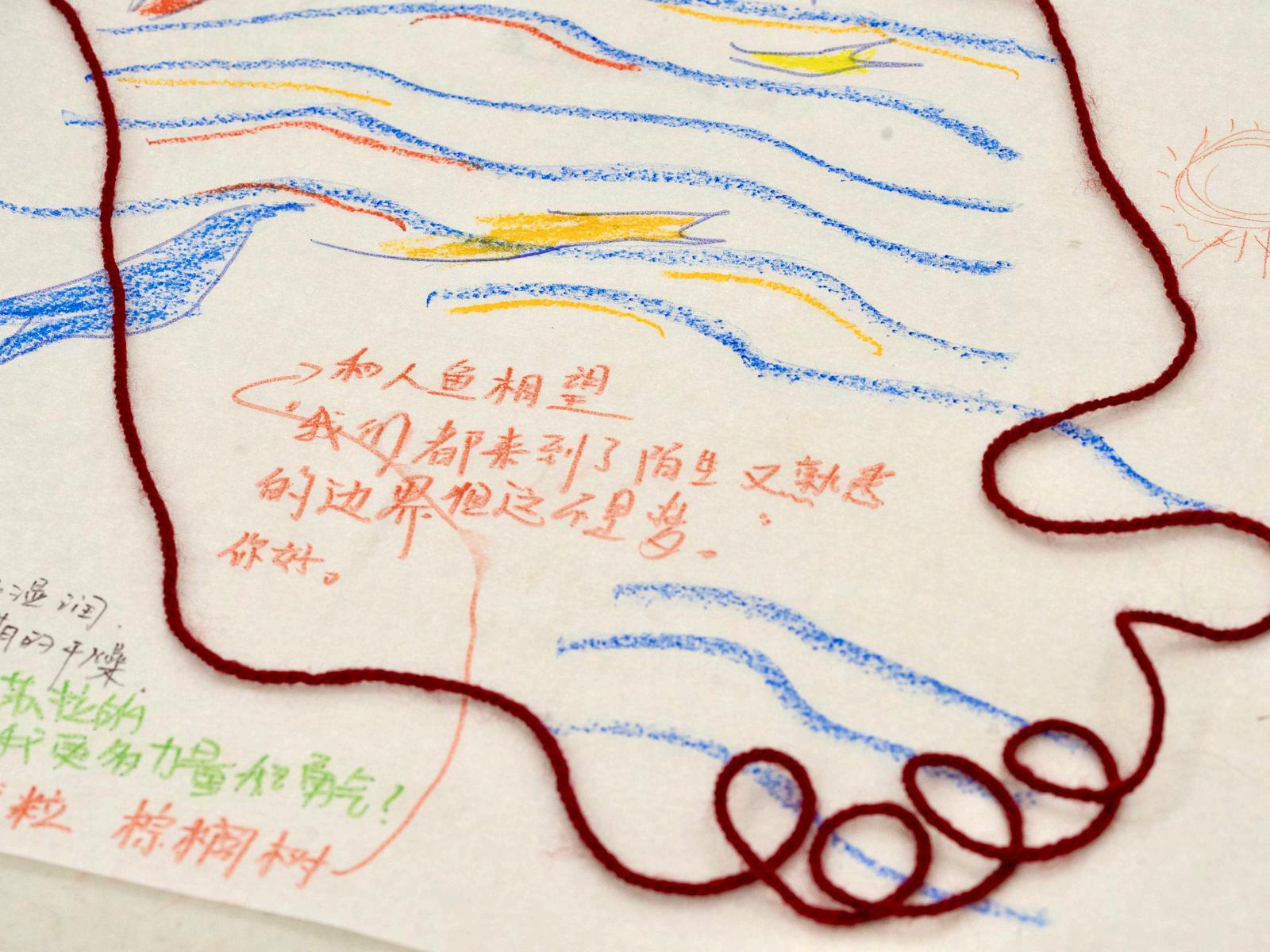
CAO Collective is immensely grateful for your support that helped us complete a fruitful year and a half of community events. Starting with our inaugural performance of Ciba Punch in Sara D. Roosevelt Park, on September 4, 2022, CAO has dedicated to bringing social-justice oriented art and community programming.
Together, we have collectively written poetry online and across Durham, Newark, NYC and LA, embracing fluid poetic forms including text, drawings, 16mm film painting, and temporary tattoos on our skins. We have punched sticky rice in NYC and Irvine, CA, incorporating performance documentation in community open studios and readings. We have also created two iterations of Good Mourning, a durational performance exploring grief rituals and land relations, in Joshua Tree, CA. Using artist residency spaces at Project for Empty Space and BRIClab, we have consolidated our artistic and political visions and welcomed community members through events such as Dictionary of Care, a workshop and participatory wall installation.
All of this is built on a collective labor of love that remains largely uncompensated. We invite your donations to help sustain CAO. Cheers to continuing fostering kinship and connection that transcend borders and distance.

Our Chinese name, 离离草 (li li cao), comes from a line of poem by the poet 白居易 Bai Juyi from the Tang dynasty. The poem is called 赋得古原草送别 A Poem for Sending Off a Friend on the Wild Field:
离离原上草,一岁一枯荣。
野火烧不尽,春风吹又生。
Grass thriving in the field, they die and flourish every year. The wildfire cannot burn it all; when wind blows in the spring, they will come back alive.
(Translation by CAO Collective)
The word 离 Li also means “to leave” or “to be apart.” It is part of the word 离散 Li San, diaspora. Our members are geographically scattered so we are often apart. We arrive to converge and then leave again. We and other Chinese and Sinophone communities look out for each other. We are diasporic but not separate. Our acronym in English, CAO, is a play on the pronunciation of 草 Cao, or grass, in Chinese. It is also a homonym of a popular and censored curse word and used as a creative way to express oftendismissed and erased complaints as well as an oppressed rage.
Grounding our work in queer feminist ethics of care, abolition, and justice for all peoples, CAO Collective’s work is ever evolving and rooted in community needs and visions. Navigating our multiple overlapping roles as organizers, artists, writers, caretakers, and healers, we are constantly reflecting and pivoting as needs and struggles arise.
Our work is guided by the following core visions:
Beyond survival mode and crisis response that marginalized communities are often forced into, we believe that participatory art-making and cultural organizing are crucial political strategies whereby we take back the power that belongs to our community. At CAO, we use art to build sustainable practices and infrastructures of care, expand our community’s capacities for change, and plant long-lasting, grassroots seeds of change.
With the conviction that art belongs to everyone, we strive to provide culturally aware programming that provides multiple access points for people of different ages and abilities. We are committed to bringing social-justice oriented art programs to public spaces traditionally excluded from the arts industry.


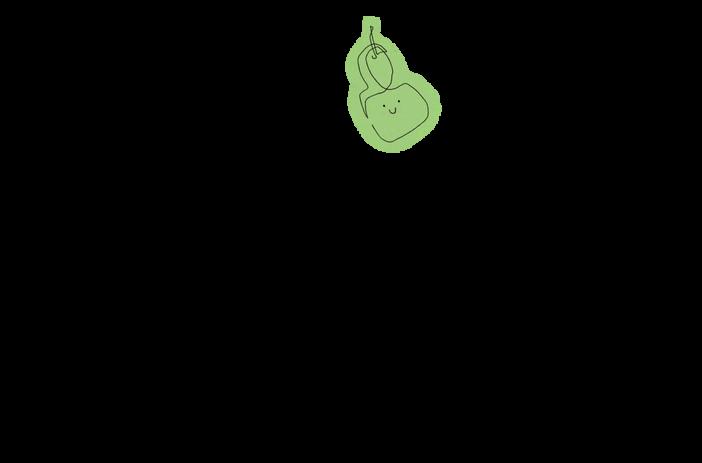
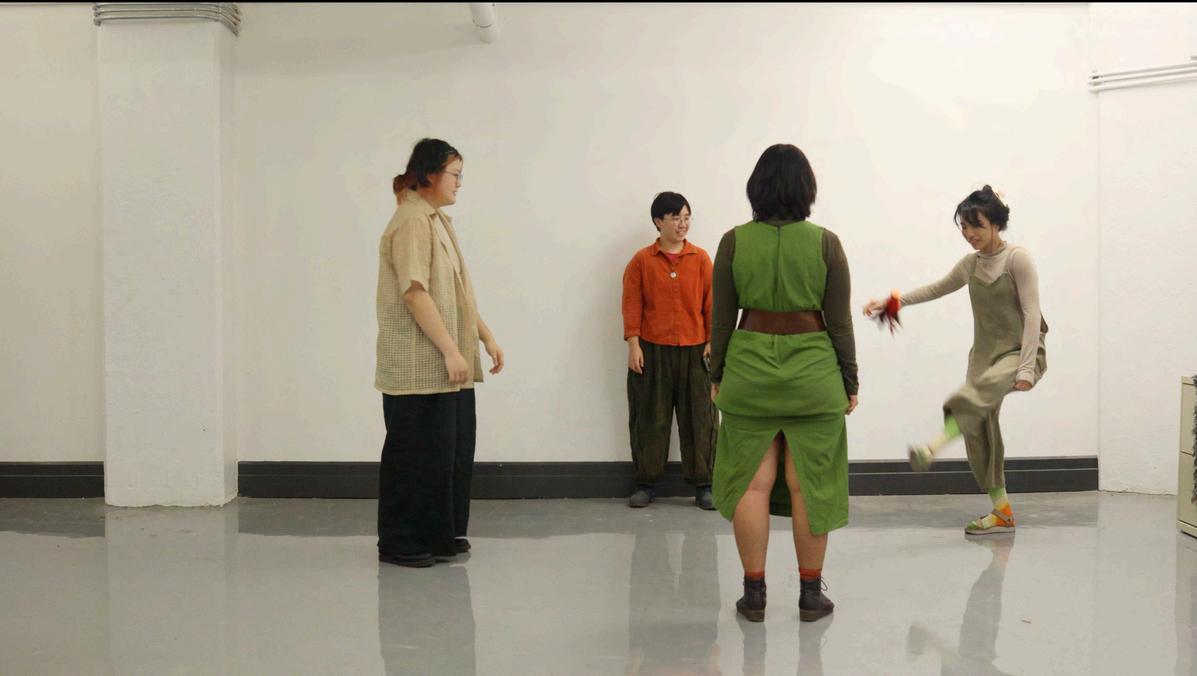
CAO’s work envisions community participatory, multimedia storytelling as a pathway to narrative change and ultimately societal change. We create spaces where our community can name our experiences and create languages for the world we want to see.
We believe that our bodies are sacred sites of intergenerational knowledge. Art helps us rebuild caring relationships to our individual and collective bodies, witnessing and healing wounds caused by structures of violence.
In an increasingly isolated world shaped by capitalist and colonial structures of “divide and conquer,” we believe that artists and cultural organizers must uphold visions of mutual aid and interdependence in our work. We strive to create spaces of gathering where our needs are seen and supported communally. We use our art and platform to facilitate artists’ active engagement in mutual aid efforts locally and transnationally.
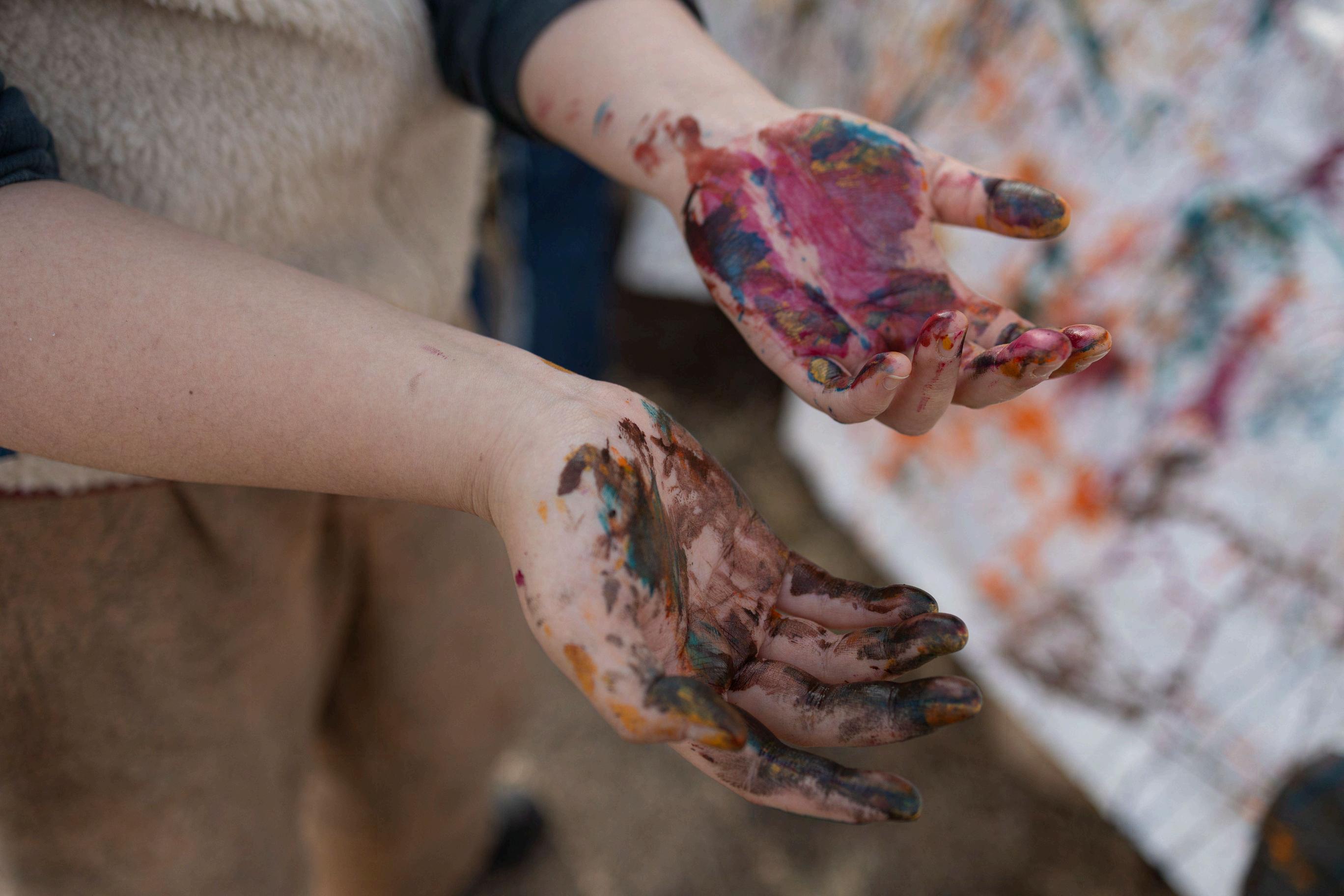
CAO is rooted in the Sinophone diaspora and the Chinese queer feminist community, and we work with broader AAPI and BIPOC communities too.
CAO builds and shares space with long-term and project-based collaborators. We also work with valued-aligned orgs in solidarity.
CAO’s co-directors oversees all aspects of CAO’s work: internally, they are responsible for visionary and strategic planning, grant development; for public-facing work, they lead artistic production, facilitate programming and direct CAO’s public messaging.
CAO’s working members come from different academic, arts, and movement backgrounds and complement each other in our work. CAO members help with publicity, community event facilitation, and publication.
We are currently volunteer-based and still navigating more sustainable financial structures.
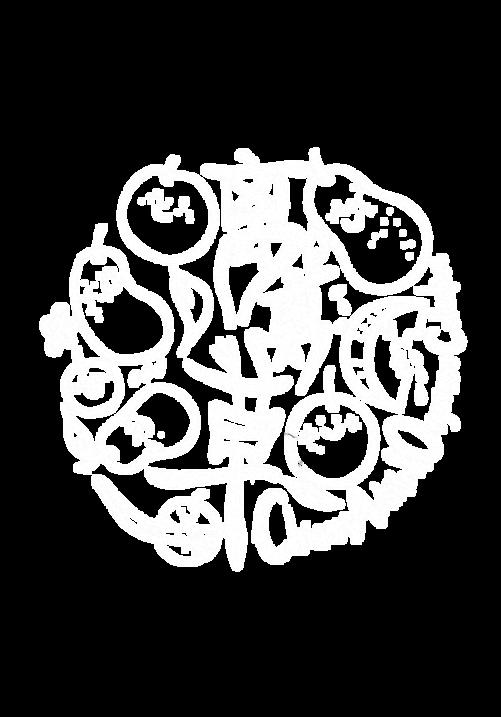

Co-directors Community members working members
Collaborators
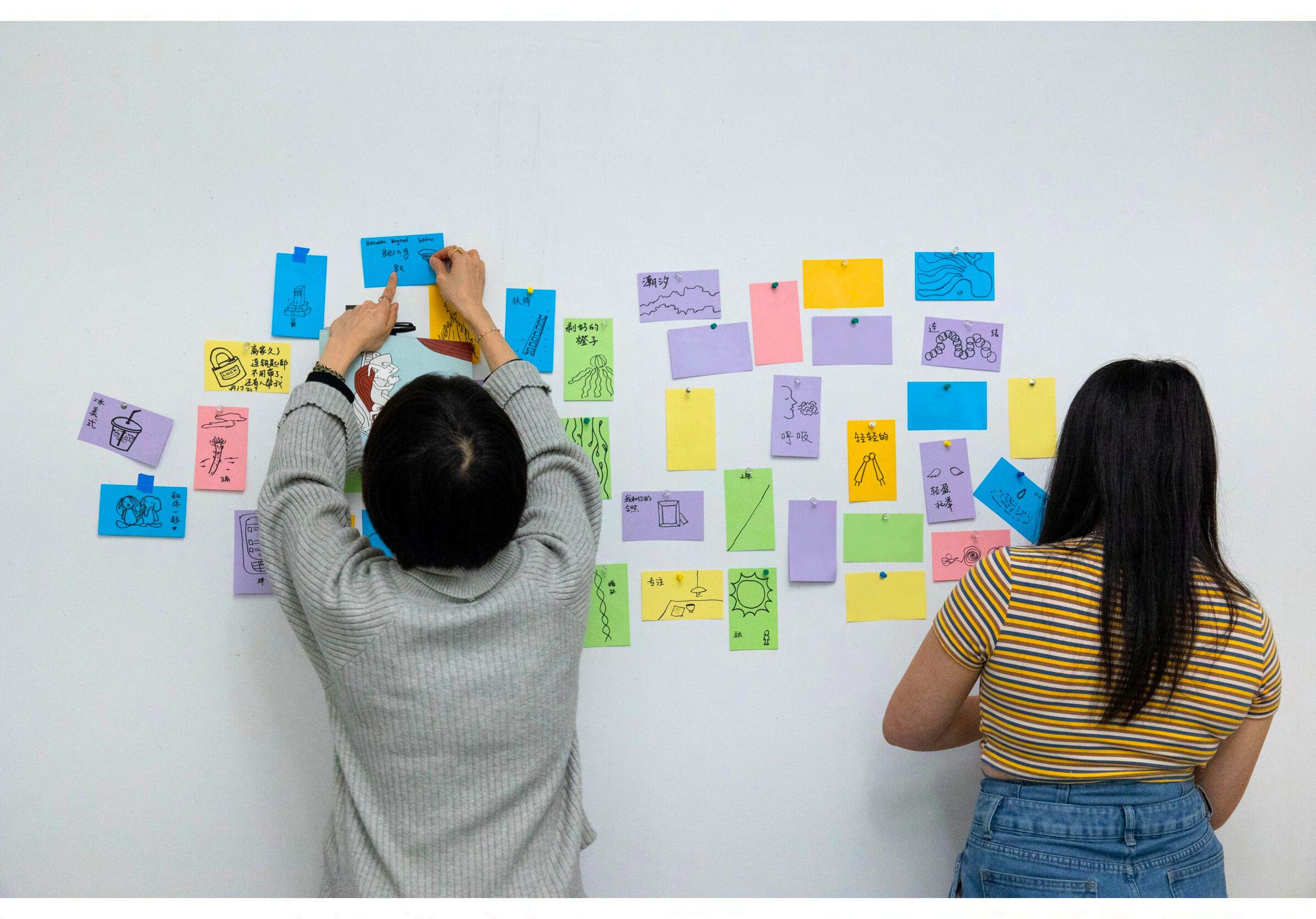
33 Workshops & Performances
5 working members
100+ collaborators, partners, Volunteers

4000+ Community members reached ~15 h0urs of work per week (other members)
10 guest talks/ conferences
150 Collective poems
1200+ event participants 30-40 h0urs of work per week (co-directors)
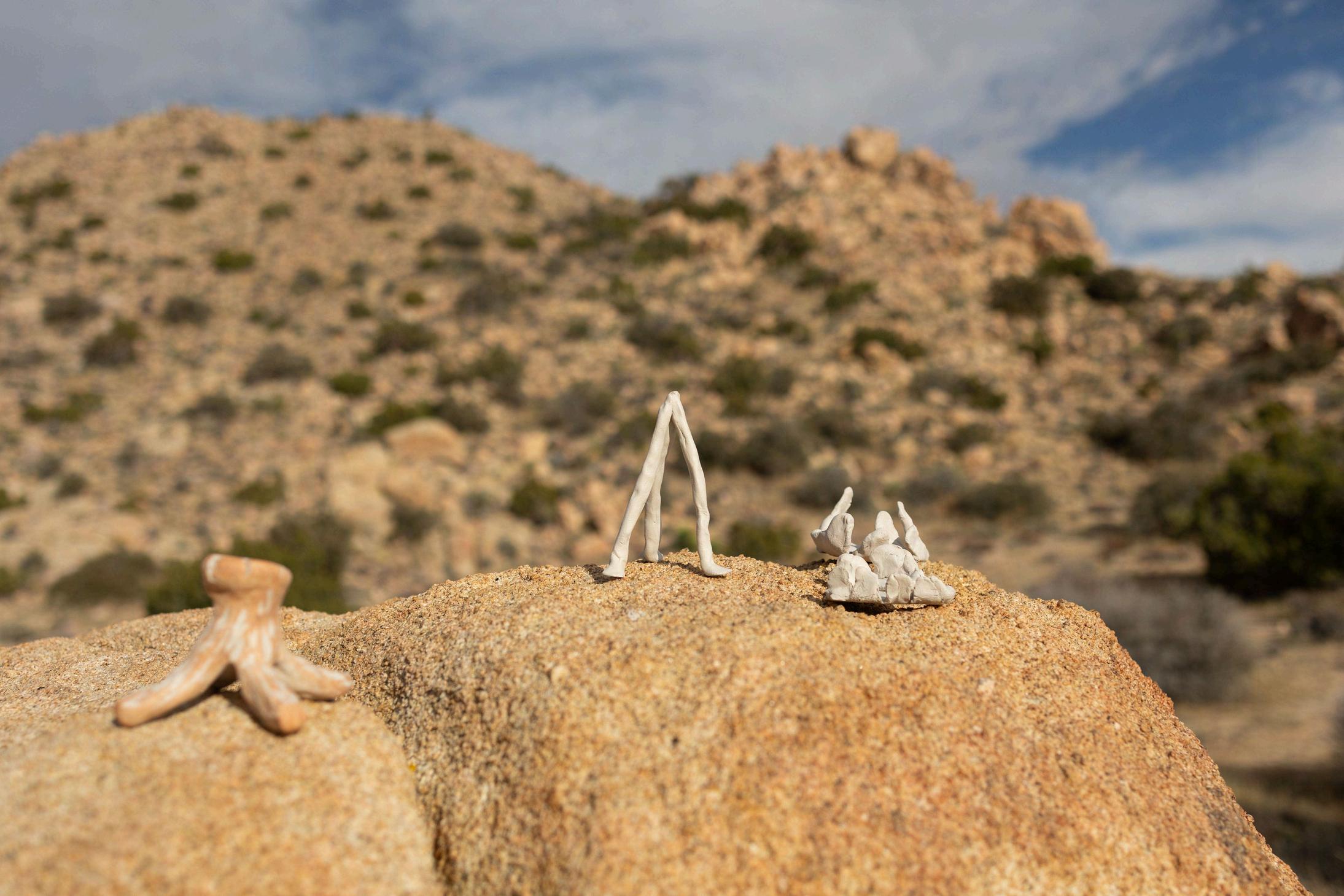
Management:internalexpenses,includingcompensationforlabor ProgramServices:materialsandtransporationforpublicprograms

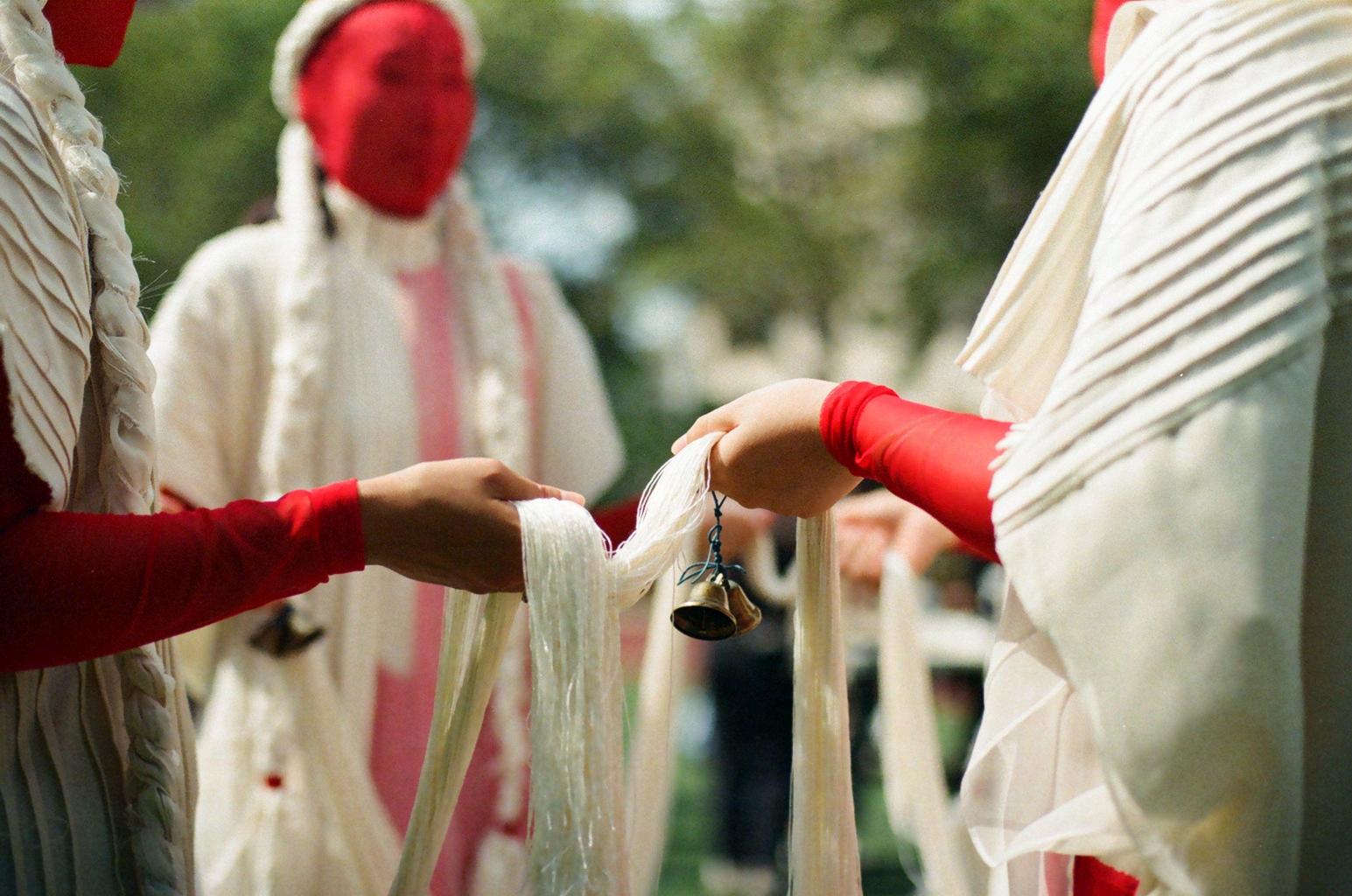
The Ciba Punch: As a community gathering and participatory performance, The Ciba Punch女拳手打糍粑 subverts this traditional ciba-making(food-making) process and reveals the often-hidden domestic labor performed by womxn in AAPI communities.
Punching with boxing gloves, we invite the audience to challenge the normalized assumptions of how/when we see people use force and power. We invite community members to channel the rage and grief, and our love for each other, into sticky rice cake (ciba) that nourishes and heals our bodies in a powerful yet non-punitive way.
Spiritual figures who embody queer/feminist ancestors, arrested feminists, and our future selves roam around the punchers, providing inaudible spiritual guidance through humming and breathing.
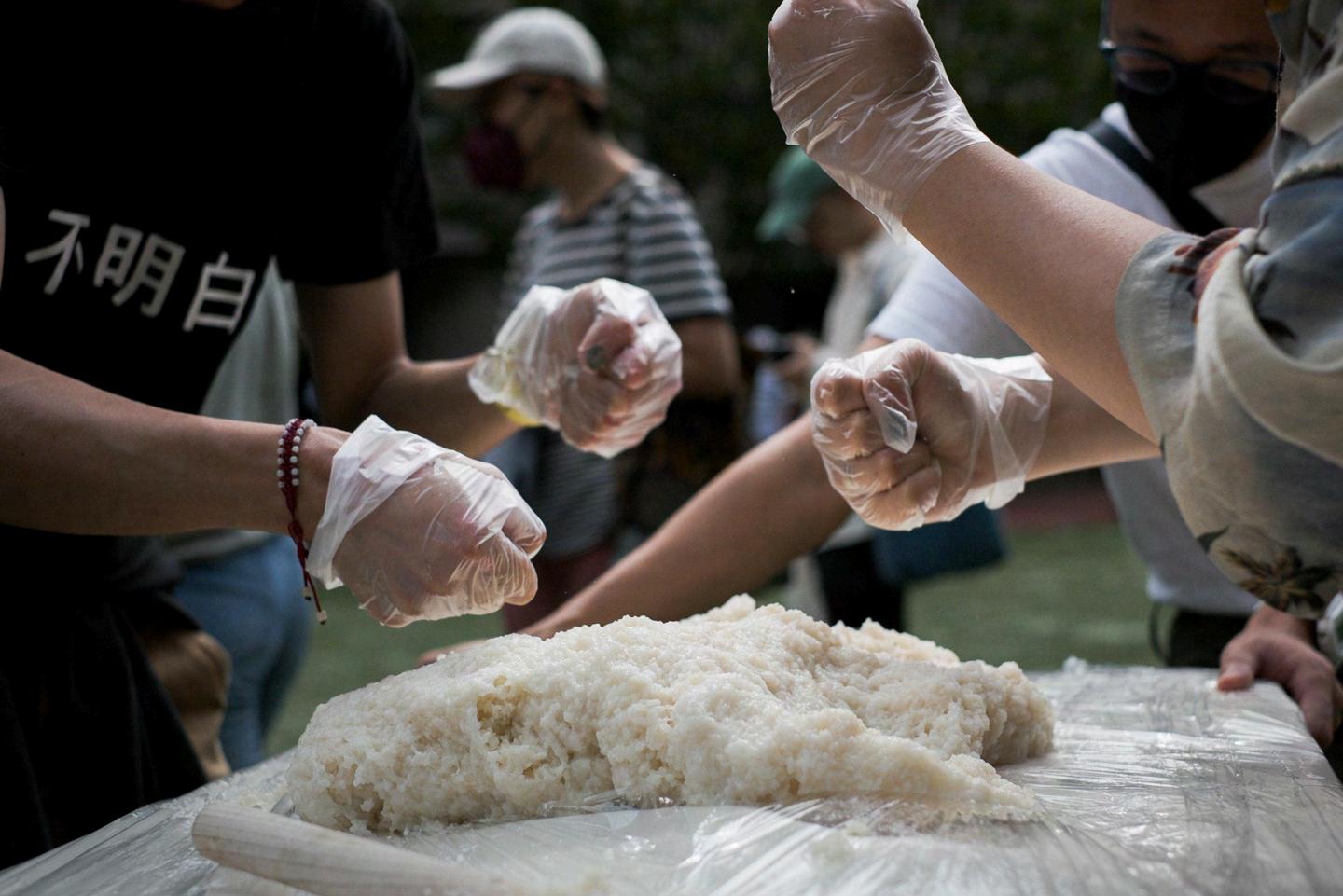
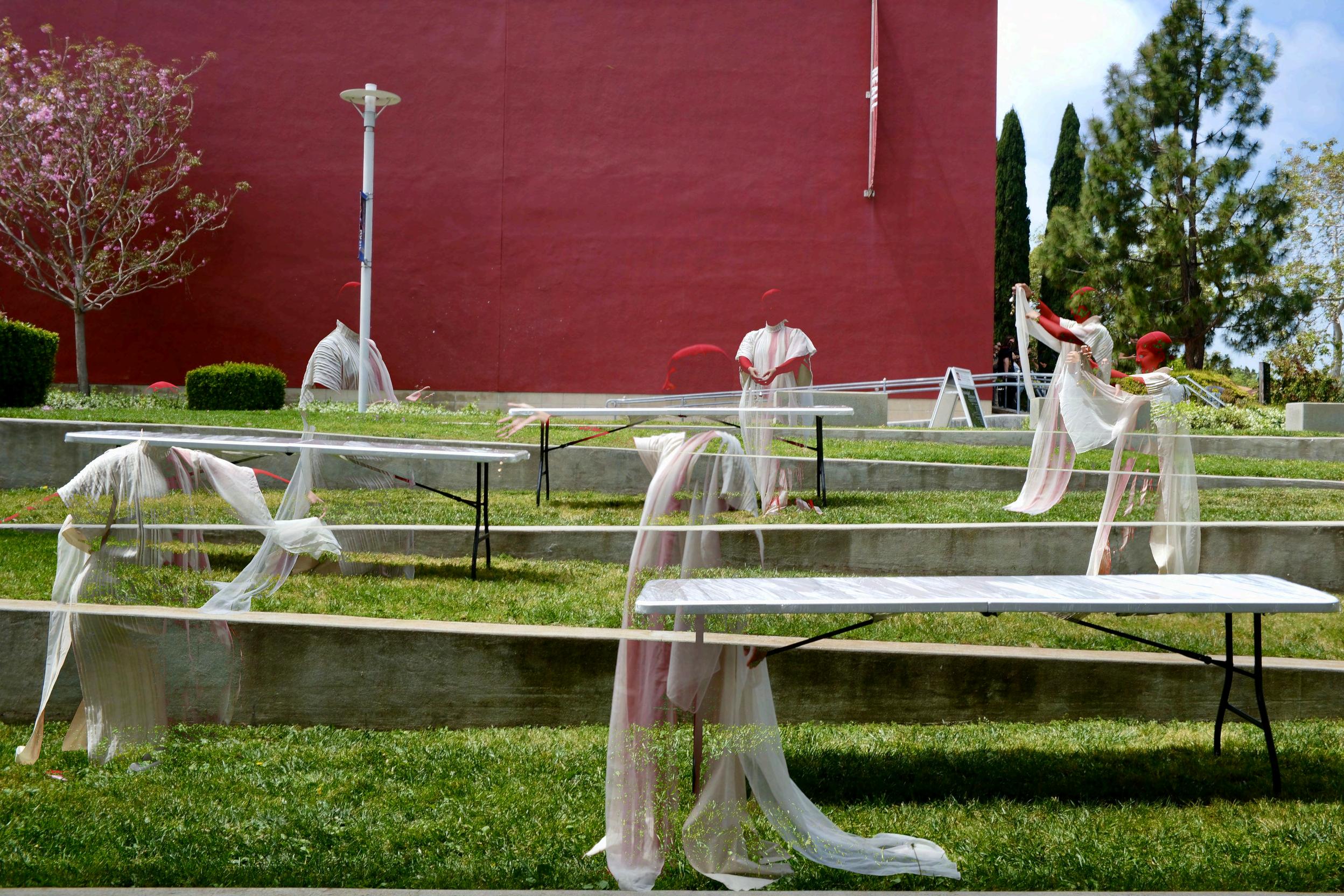
Food as a central thread of (im)migrant memories also materially links the land that grows the rice, childhood memories, and bodies that make and consume the food together.
As diasporic Chinese queer feminists who grew up in mainland China, our positionalities are marked by bio/geopolitical borders. This performance is rooted in a queer/feminist ethics of care and invites community members to punch 50lbs of sticky rice into rice cakes that we can all share together, celebrating community abundance and sharing food memories in the process. By punching and making together, we channel our rage to create, not destroy, celebrating a radical non-violence.
Another important part of the Ciba Punch is Spiritual Figures. This is a series of performance led by Julia Santoli, a Vietnamese-American sound artist, embody our erased queer/feminist ancestors and incarcerated feminist activists in China. They provide spiritual guidance for the performers and invite more-than-human connections into this ritual of call-and-response, mourning, and recovery.



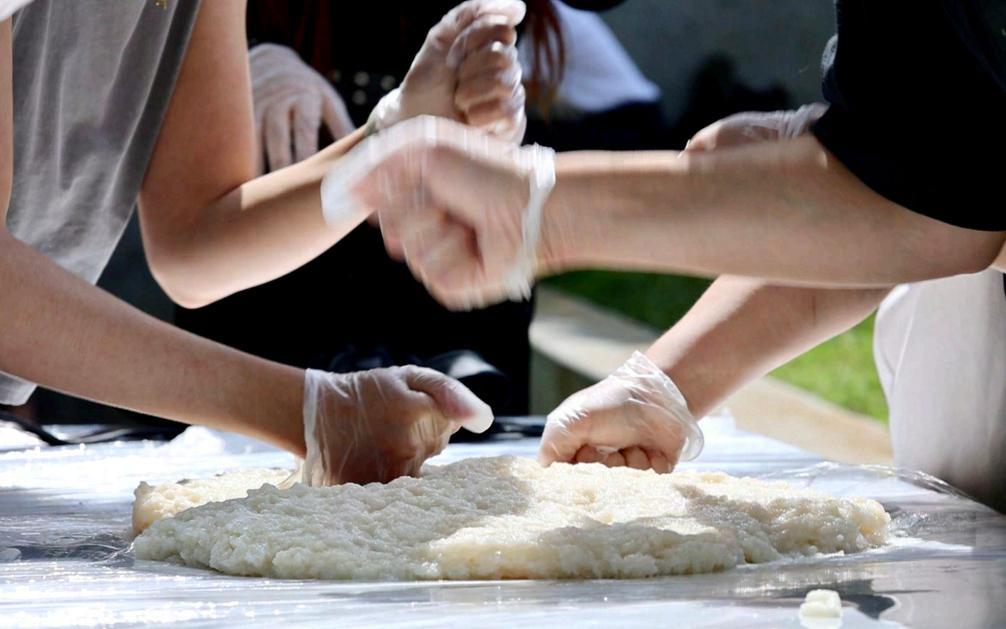
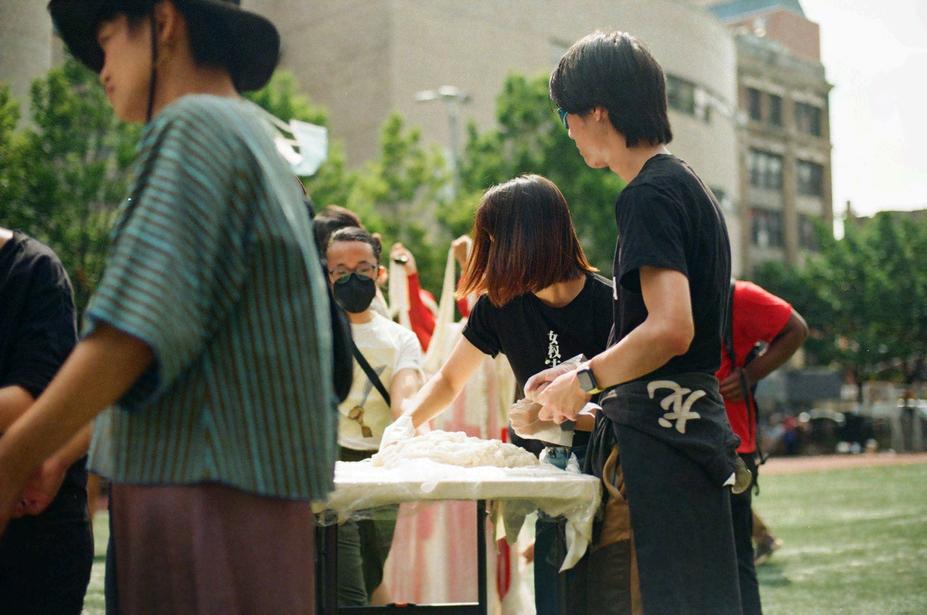
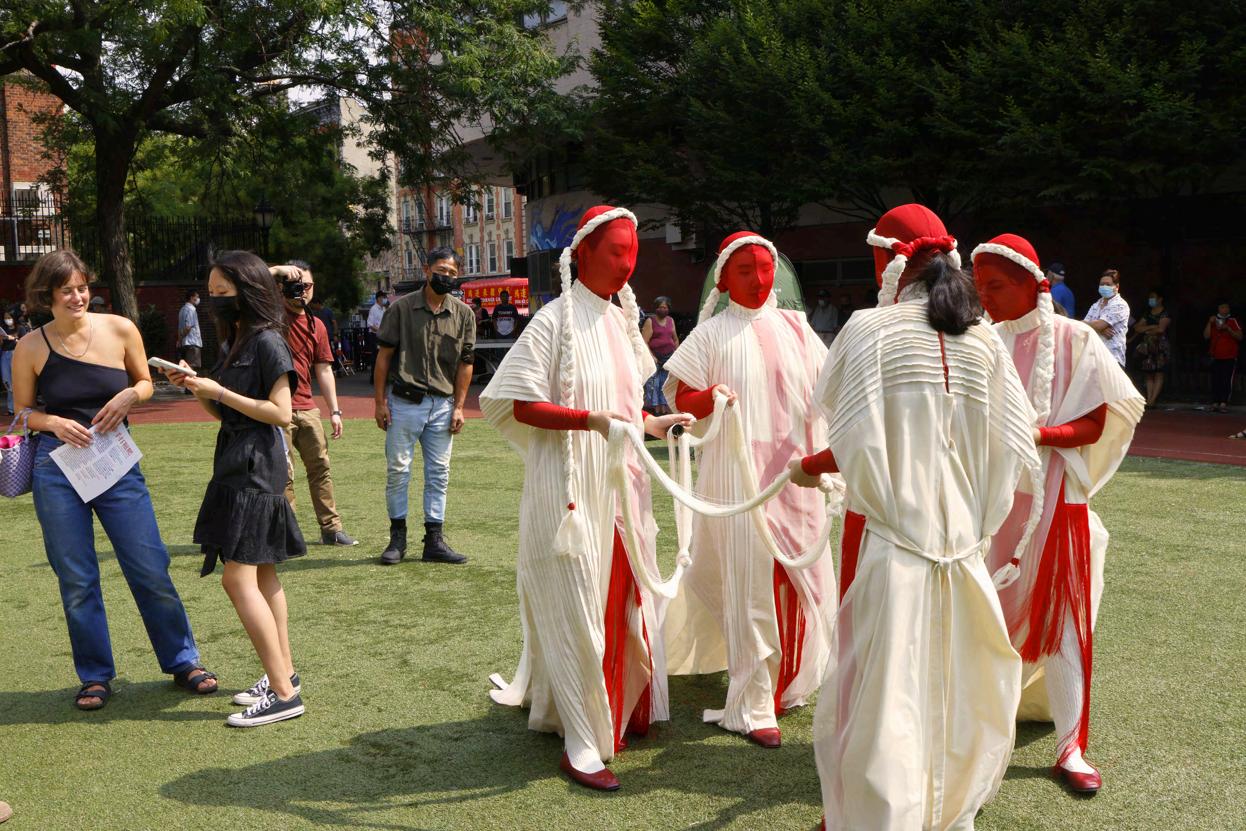

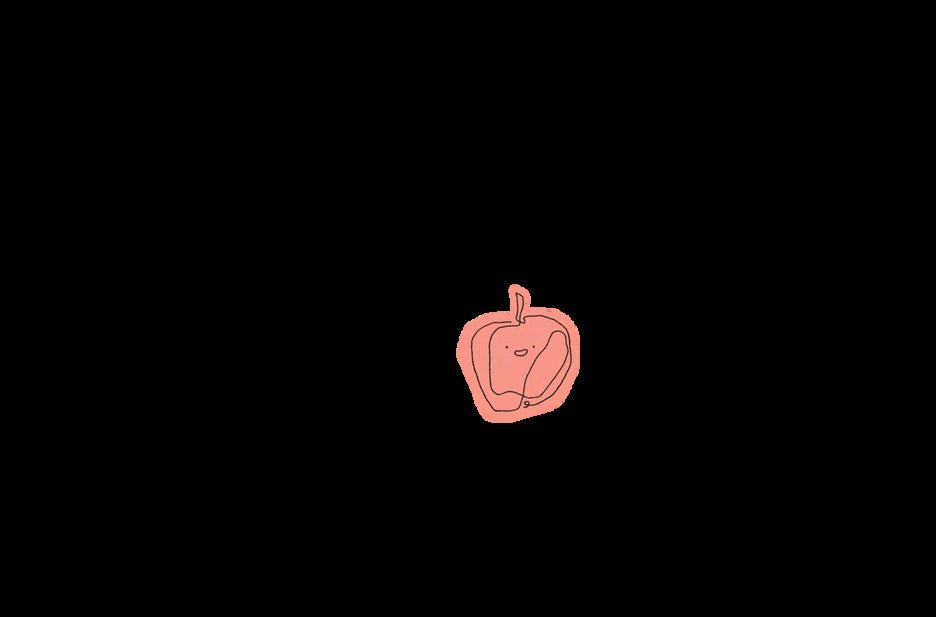



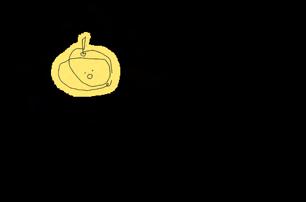
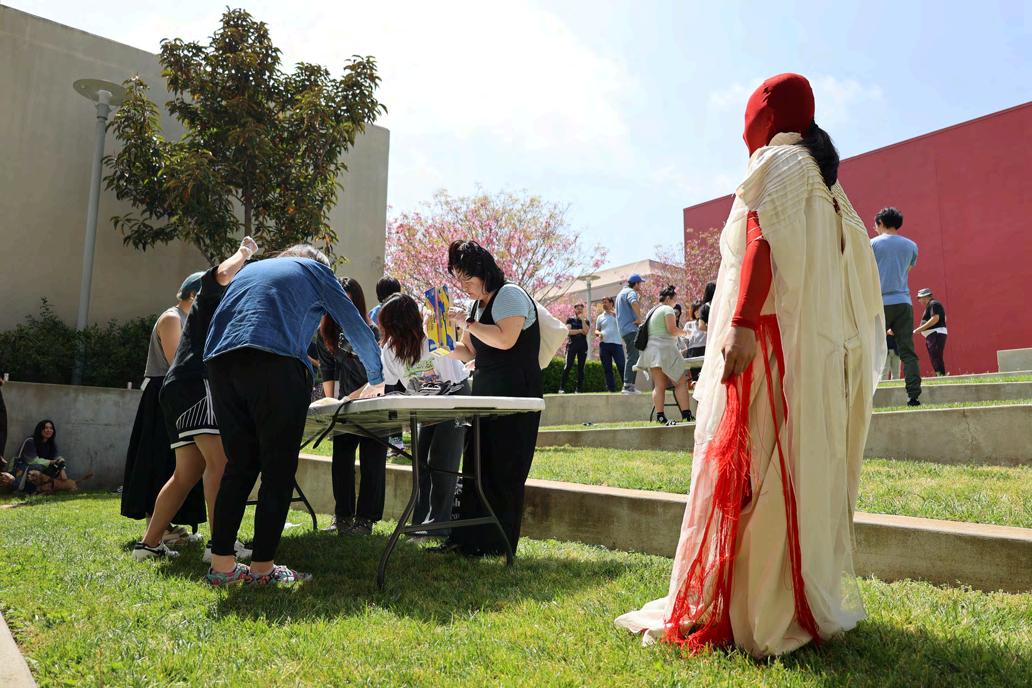
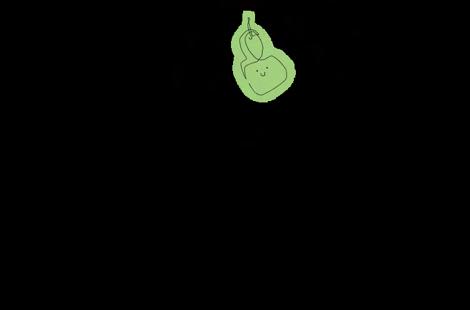
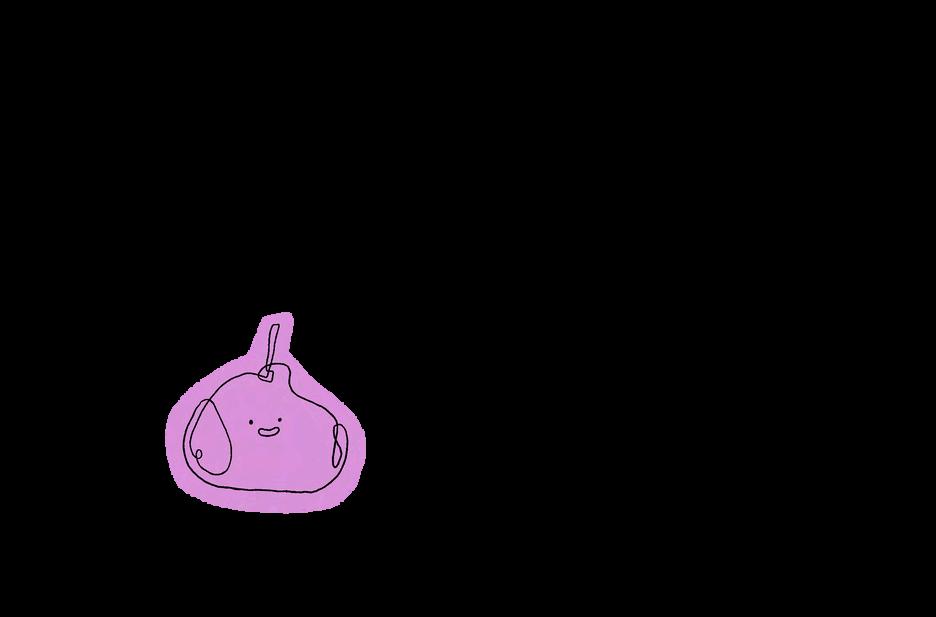
Irvine, CA. May 2023



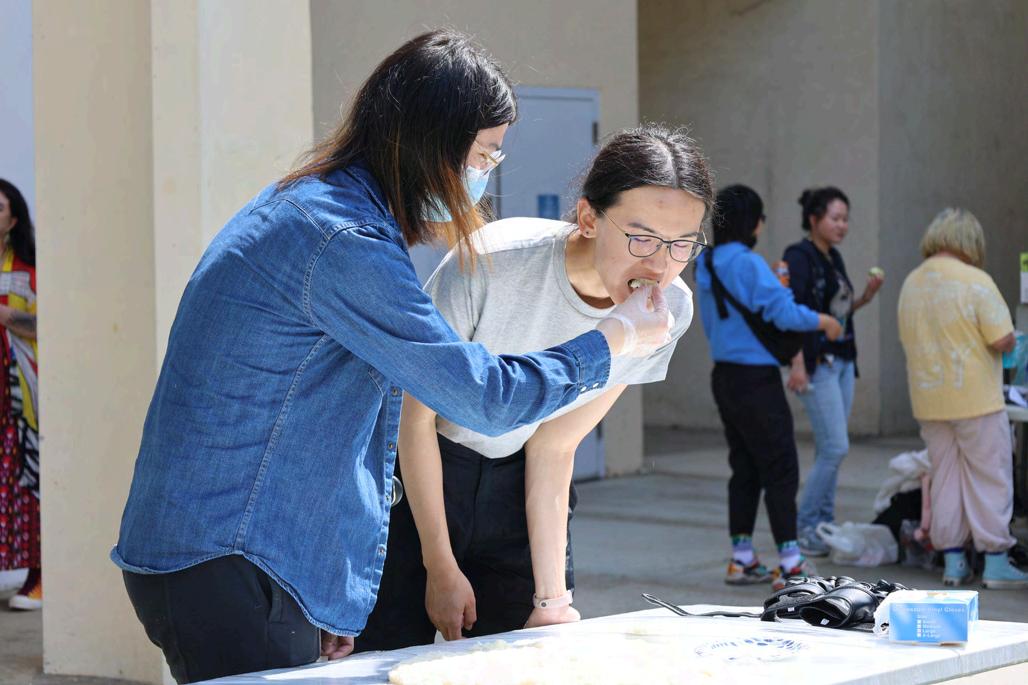
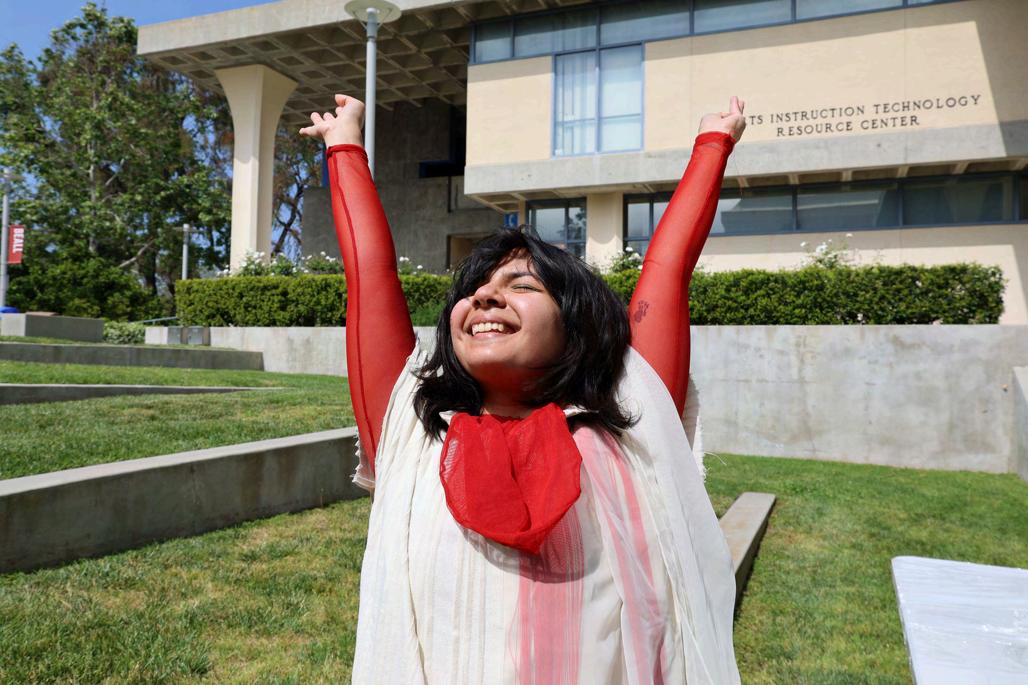
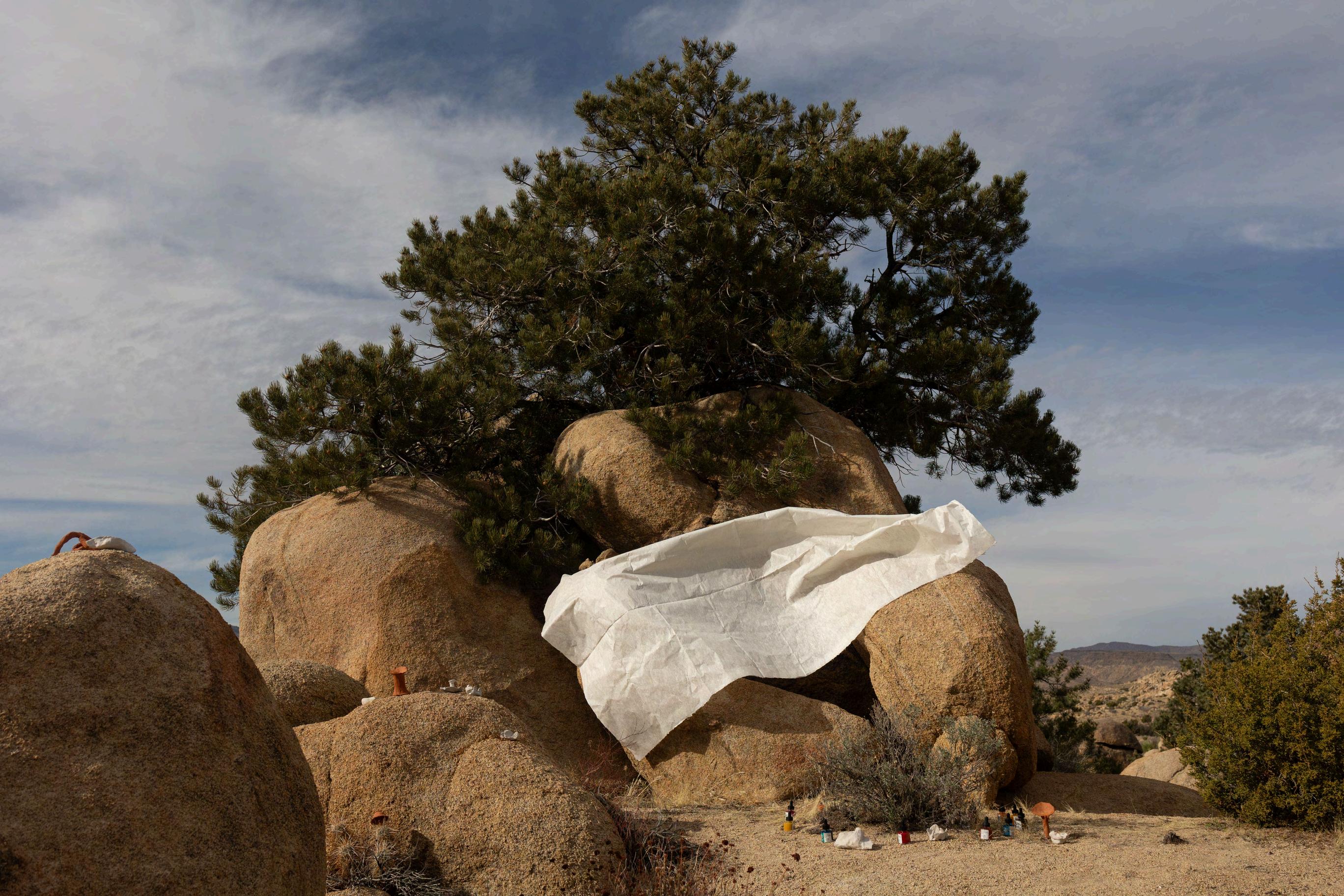
Good Mourning is a yearly residency we host in winter to reflect and heal from all that we have lost and let go of in the previous year.
For both winters since our founding, we have spent days living and working together in Burns Piñon Reserve, during which we made ceramics and performed rituals of ‘memory-funeral’ through collective writing, reading, mourning, and breaking our ceramic works.
In 2023, to the first new year's sunrise, we read poems to candle flames in a memory funeral on top of a rocky hill, mourning for all that we'd lost and let go of in 2023.

This multidisciplinary project expounds forms of transnational feminist resistance to the physical and cultural violence of censorship, occupation, cultural war, and patriarchy. We intend to create a space to channel our rage into art, and to explore collective mourning that is not just rooted in pain, but also humor and love. Through the breaking of clay/ceramic objects, we hope to release that which have been holding us to confinements, as well as imagining new, permeable vessels that can hold breakages.
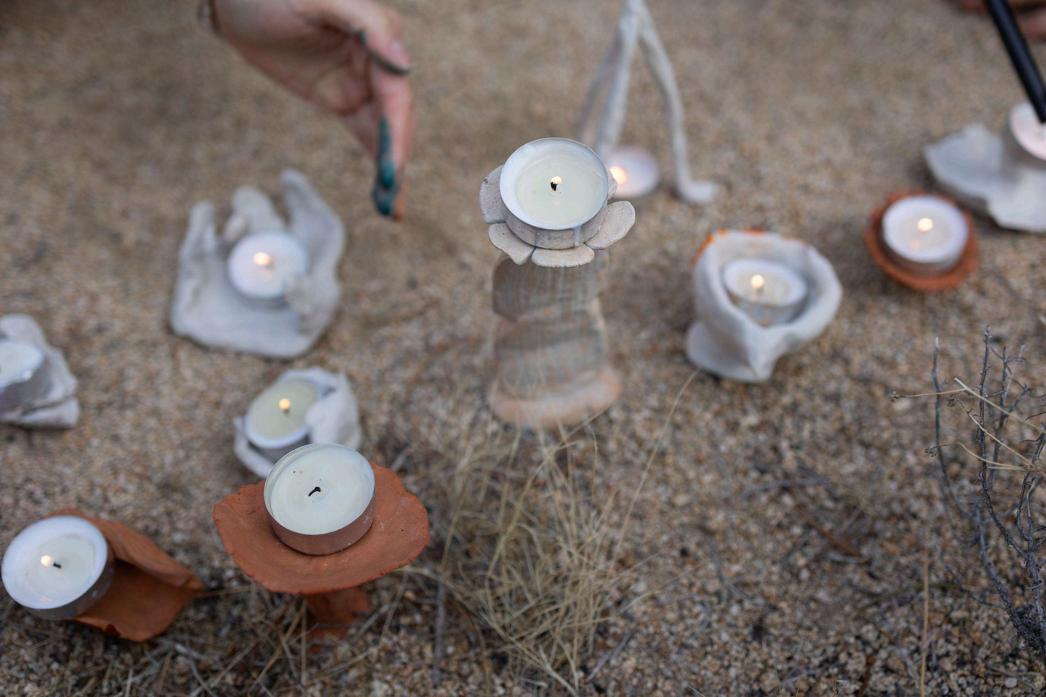

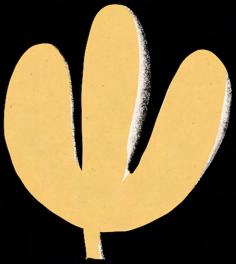
Another important aspect of Good Mourning is co-living: Throughout the two iterations, we enjoyed home-made hotpot, cooked dishes from our family’s recipes, cleaned together, and helped each other massage and stretch our bodies. As we share food, we celebrate the turn of the year, reflect on our practice, internal dynamics, and how to take care and be more accountable to each other.
This year, we used clay to make candle holders of various shapes: dumplings, lotus leaves, hands, boats, flowers. The touch-based nature of clay especially lends itself to making “imperfect” vessels imprinted with the maker’s weight and touch. We lit candles
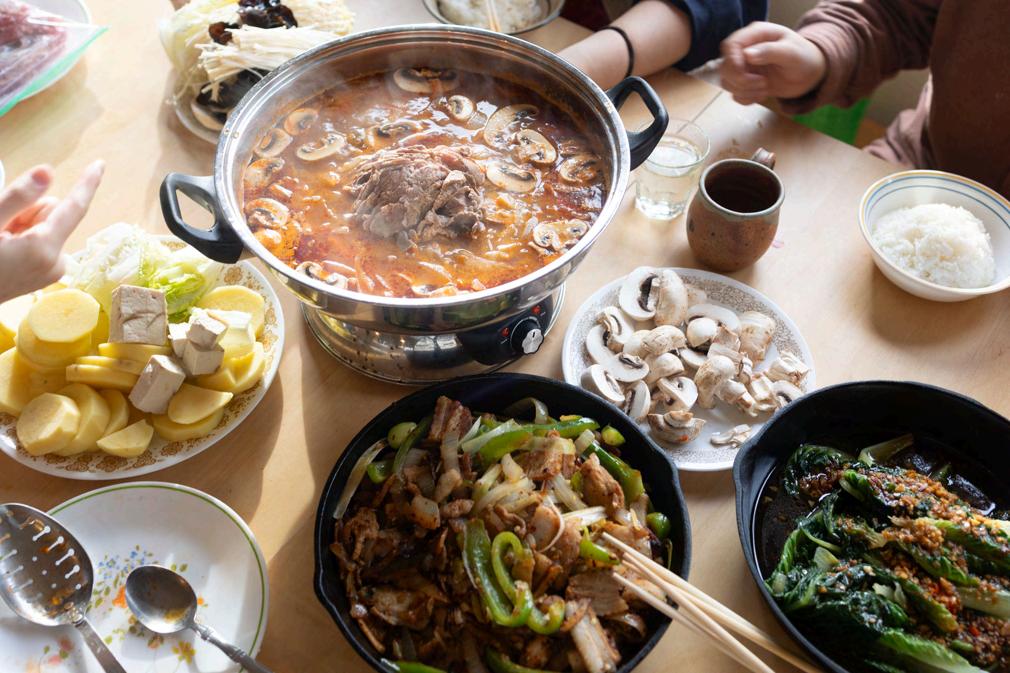
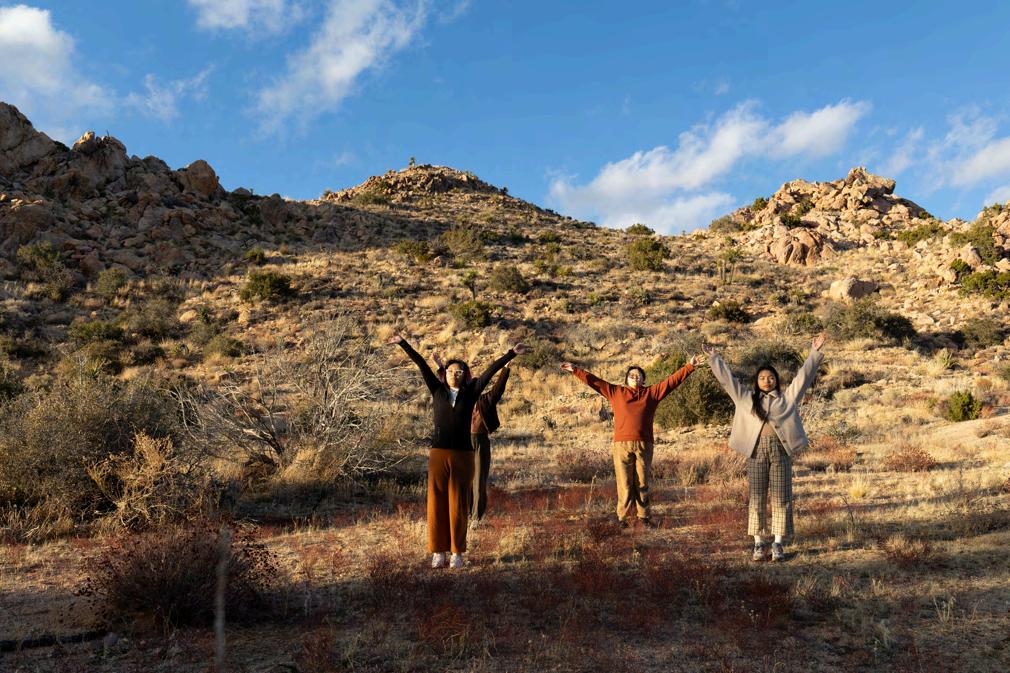
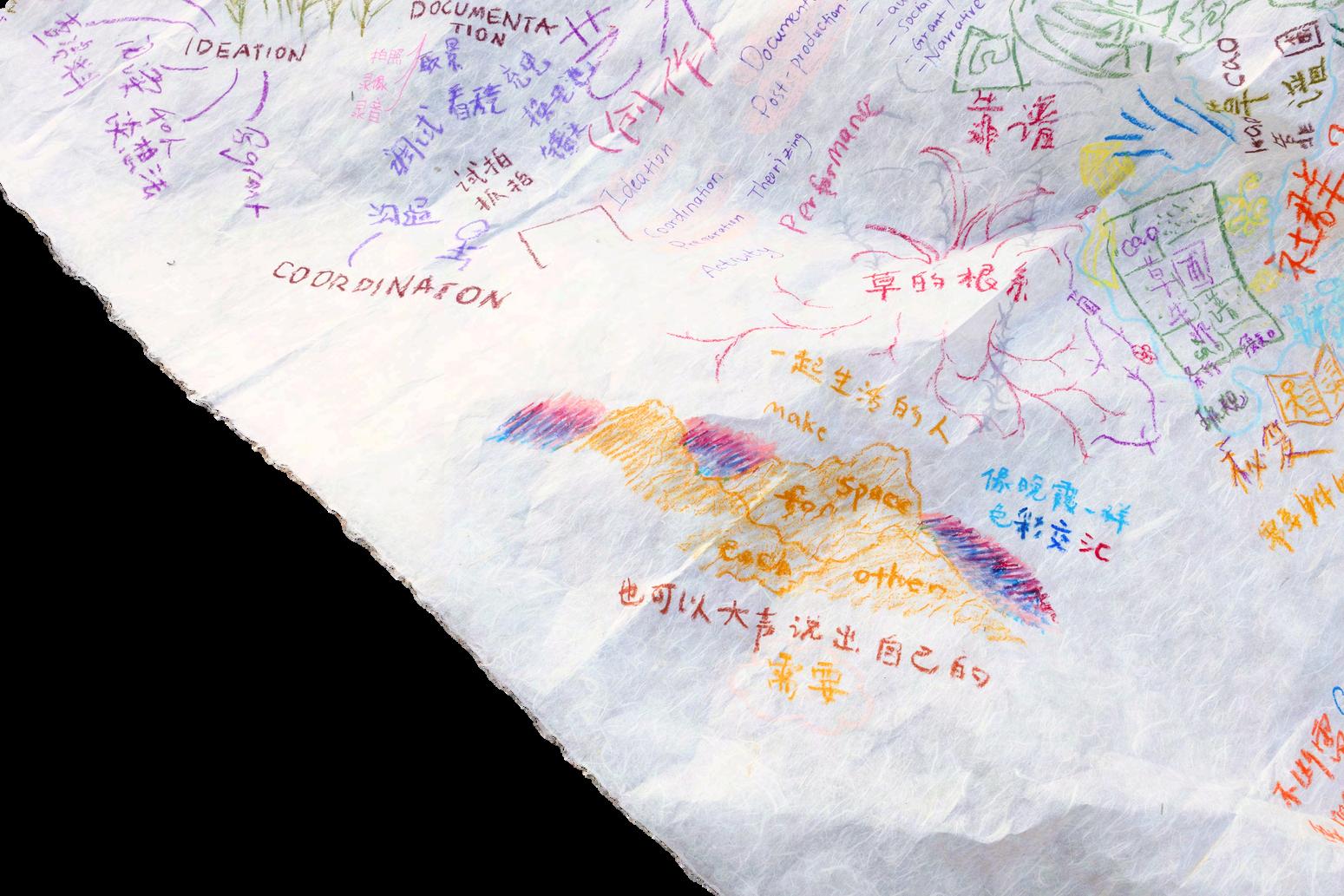
For the second year, we also collectively composed a community agreement specific to the residency during our time together by hand. We reflected on the concept and practices of community agreement in social justice spaces. We came up with our own name for community agreement as a multilayered pun 草谱 cǎo pǔ (CAO’s handbook/recipe), to replant it in specificities. From there, we discussed the different forms of labor involved before, during, and after the residency: manual labor, artistic labor, safety protocol and other emotional and accessibility needs. As we would be engaging with heavy topics related to mourning, grounding ourselves in the labor of grief refuses to see grief as an isolated emotion, but as a site for communal care and collective imagination.

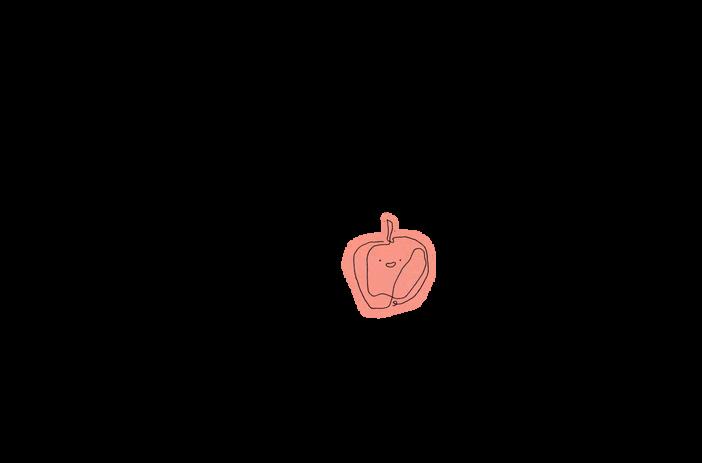
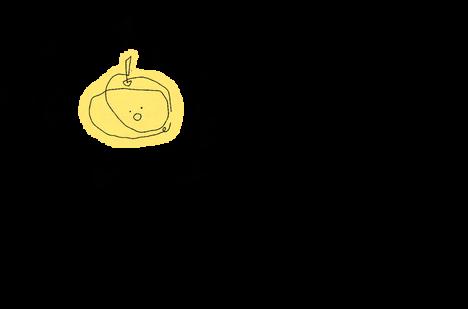

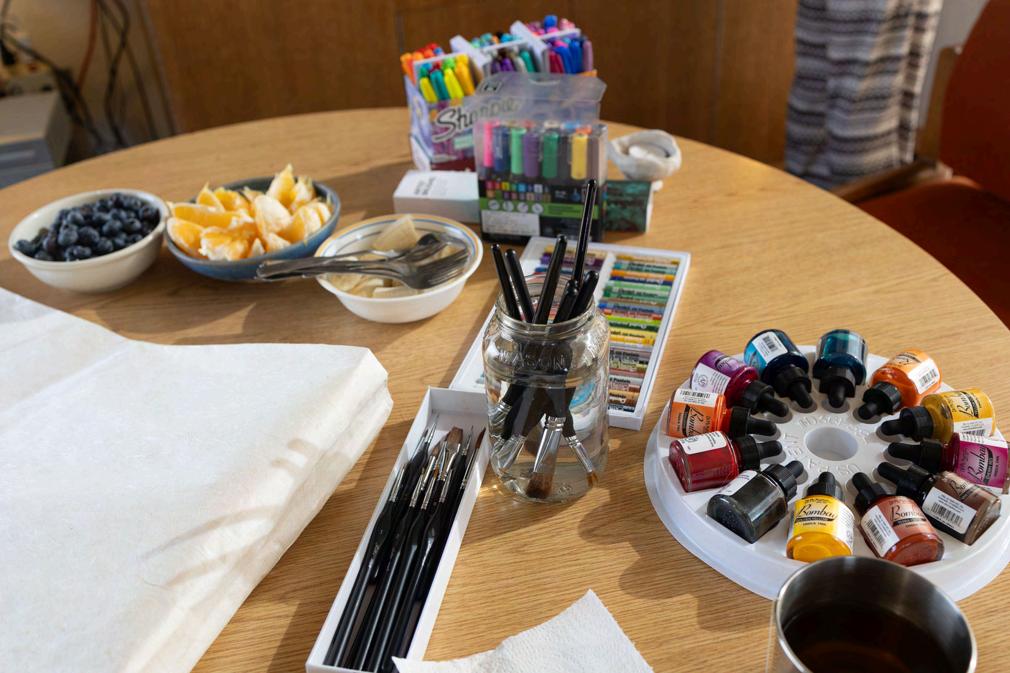
During our performance, CAO members sat in a circle under the vast sky of Burns Piñon Reserve. Surrounded by cacti and bare rocks, we meditated and shared our answers to this question: “What was your first encounter with grief?
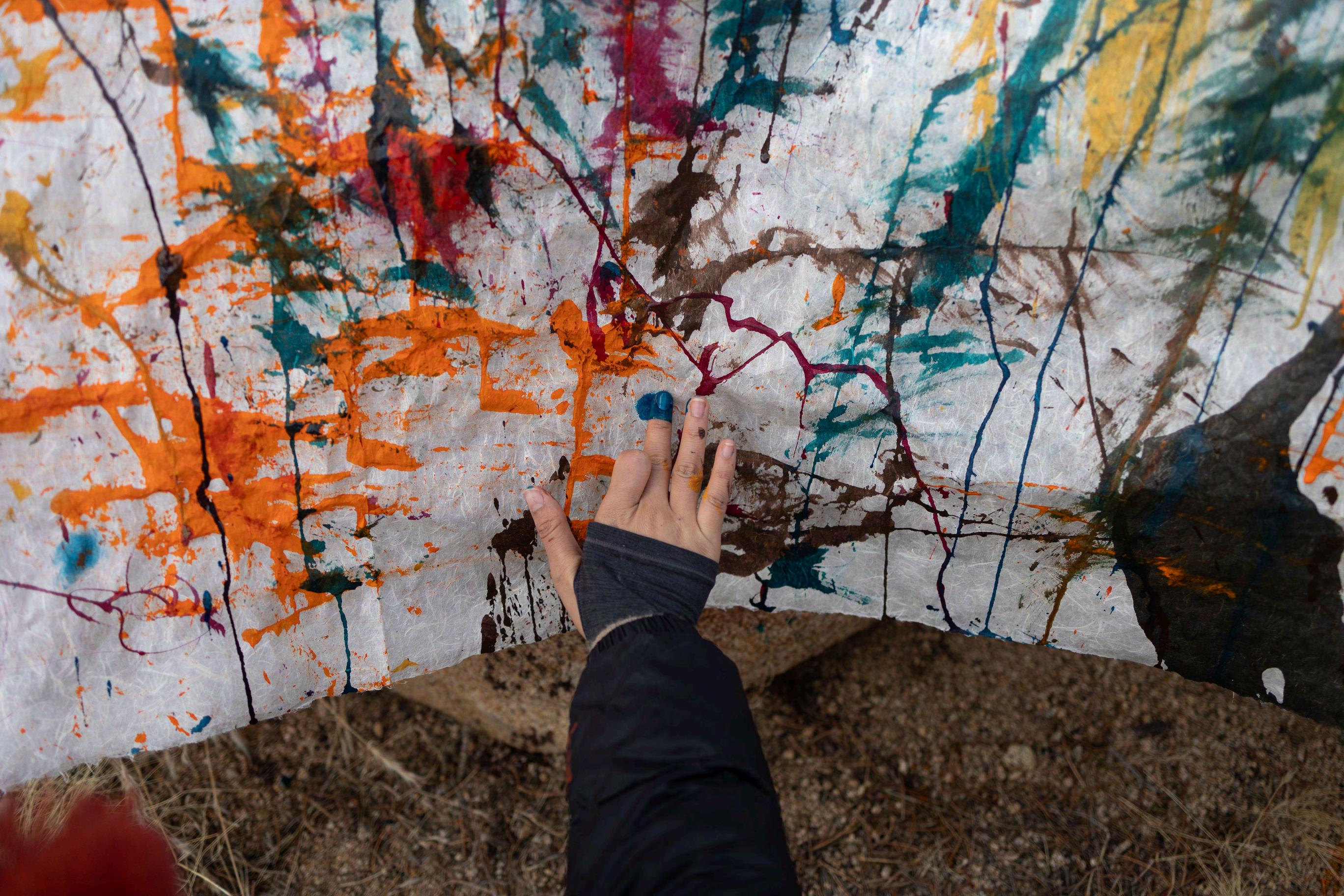
Afterwards, by hand-painting on a large piece of Xuan paper, our memories of grief took the shapes of scratches, spikes, drips, splashes and abstract colors. The paper held our feelings gently, yet firmly, hugging the rock like a shroud used in funerals, and yet holds space for rebirth.
After grounding ourselves in colors, sounds, and smells around us, we used our hands and various makeshift tools, such as sticks, rocks, and clay pieces, to collectively paint on a large piece of Xuan paper. As ink flows down the paper flapping in the wind, we let our memories settle into the grains and fibers, just like the colorful lichen that nest on the boulders witnessing our project.

How do repressed memories, knowledge, and feminist legacies resurface? How do we witness the breakage of memory objects and create fissures for new possibilities to emerge?
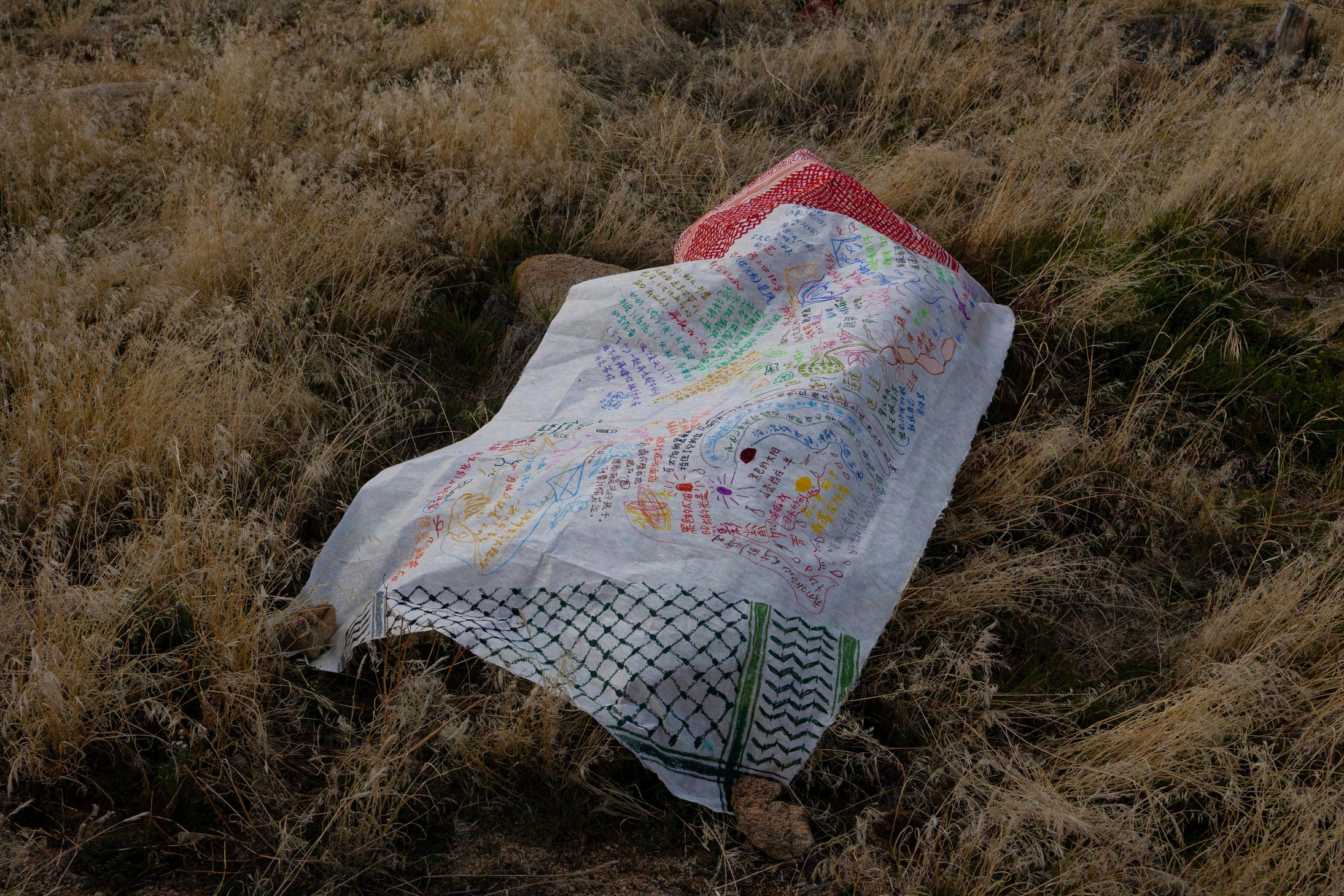

The first time we hosted collective poetry workshops was August 2022 for The Ciba Punch. Since then we have hosted many collective poetry workshops with different communities in different contexts, virtually, in-person, and asynchronous. We have written into topics such as connections through the food of our hometowns, what safety means to us, and embodiment practices such as what colors and shapes are our bodies.
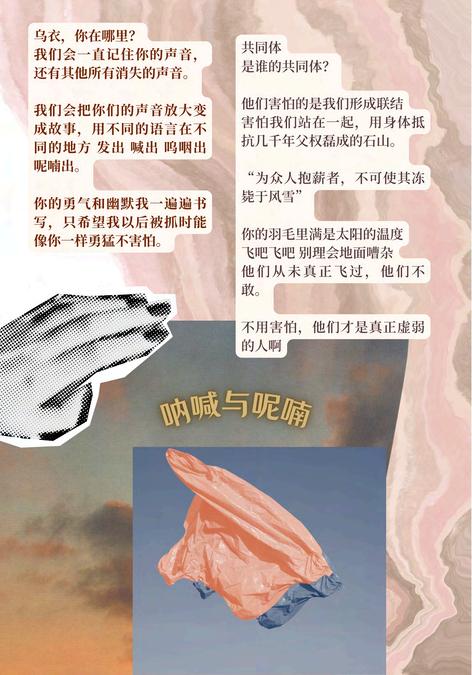
We use Exquisite Corpse, or random reassignment. One participant writes 2-3 sentences and another person takes over until each participant has written on every piece of paper. This process allows participants to respond to each other's words and feelings.
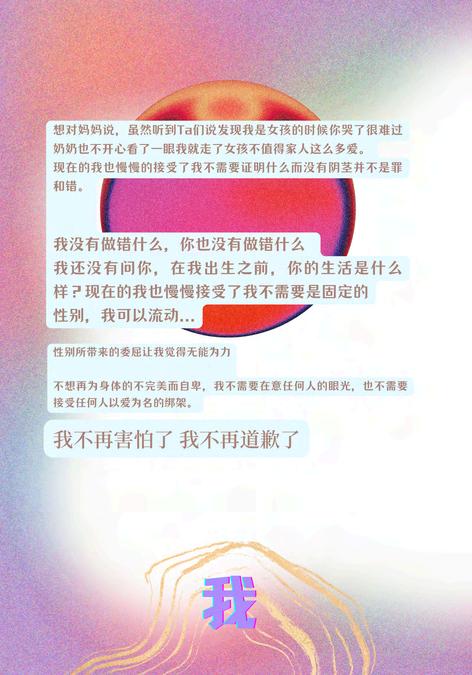

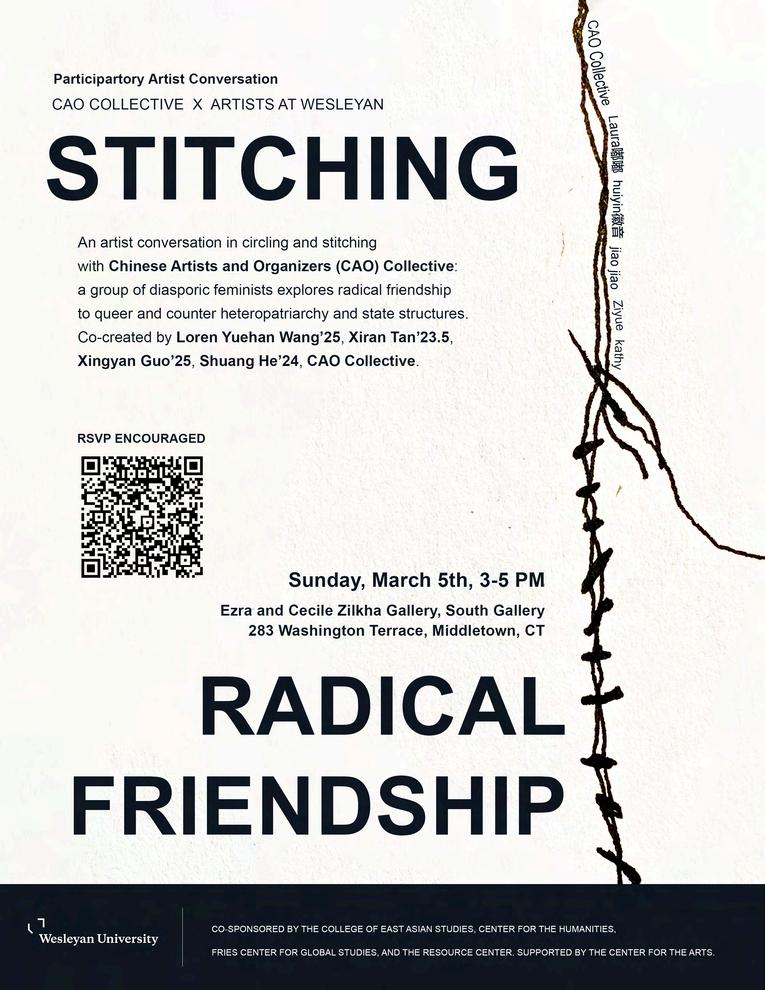
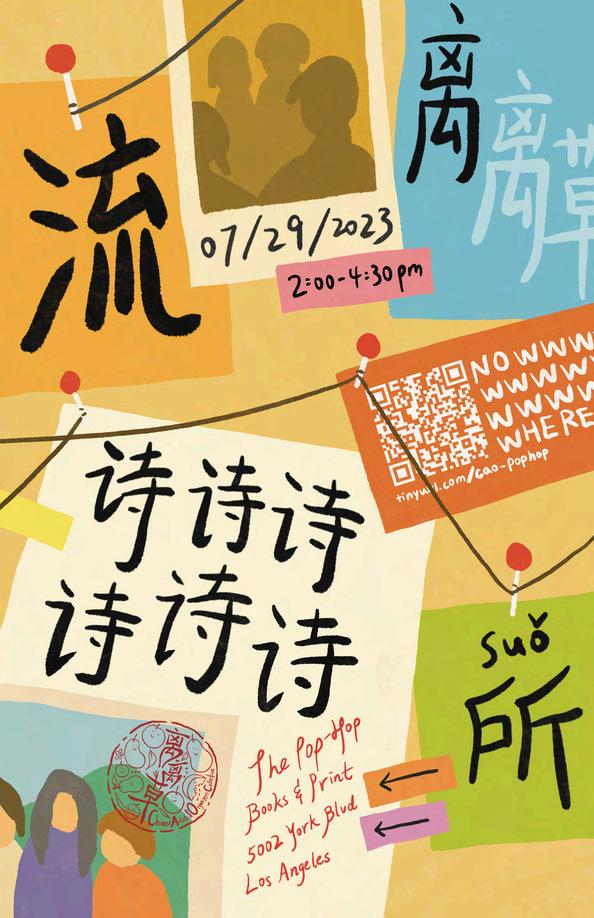

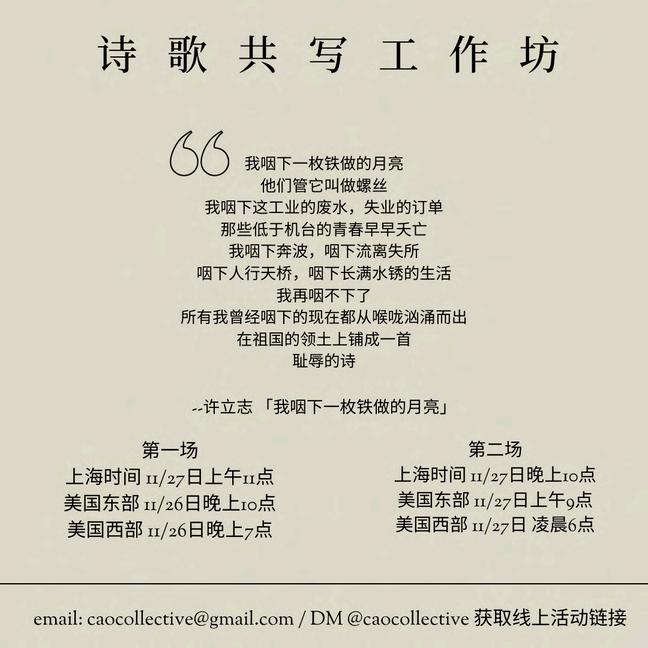
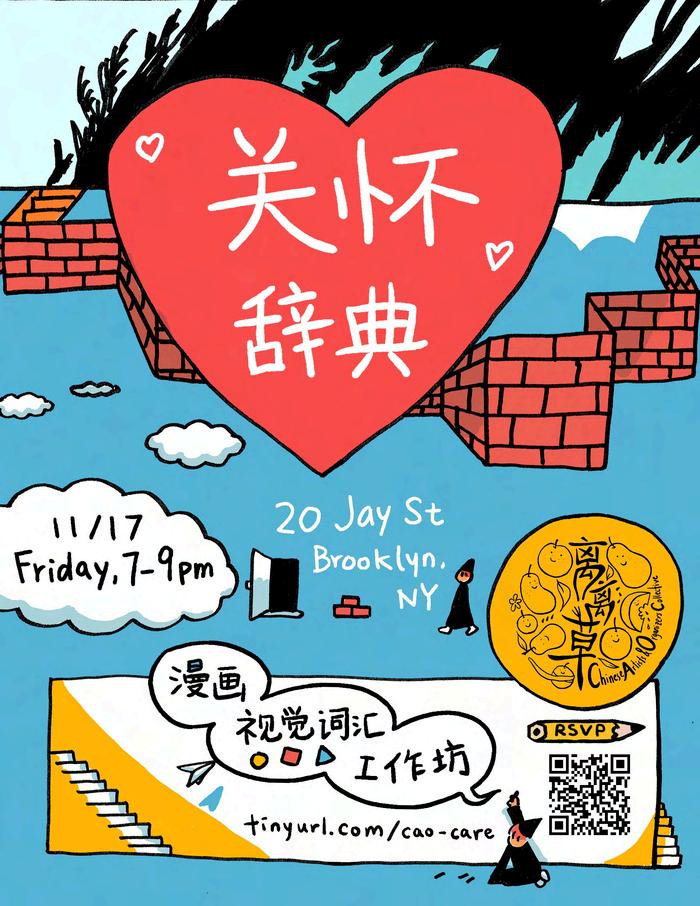
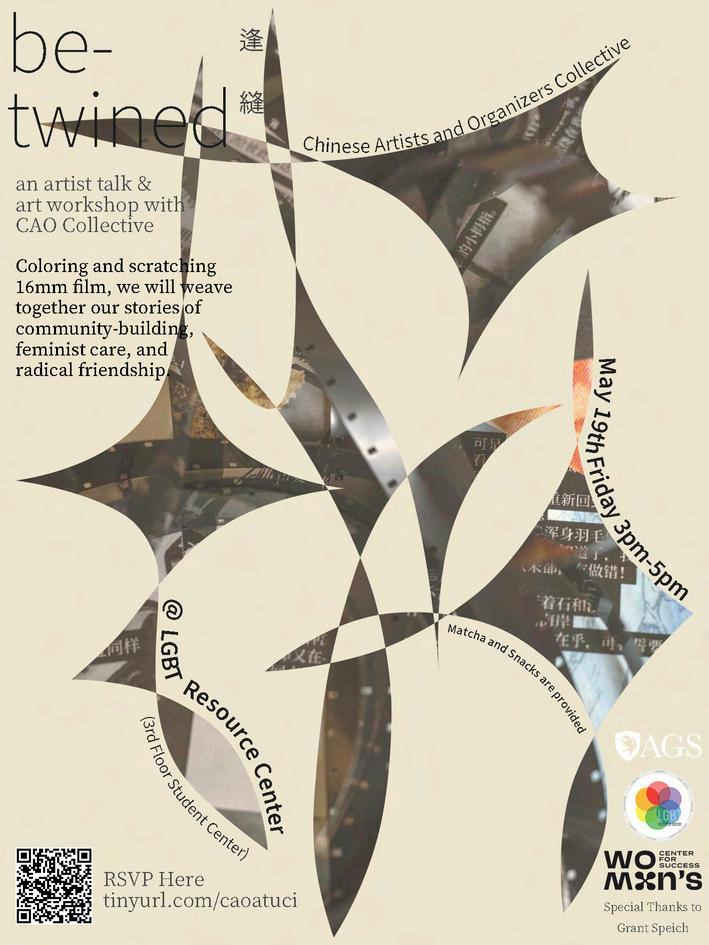
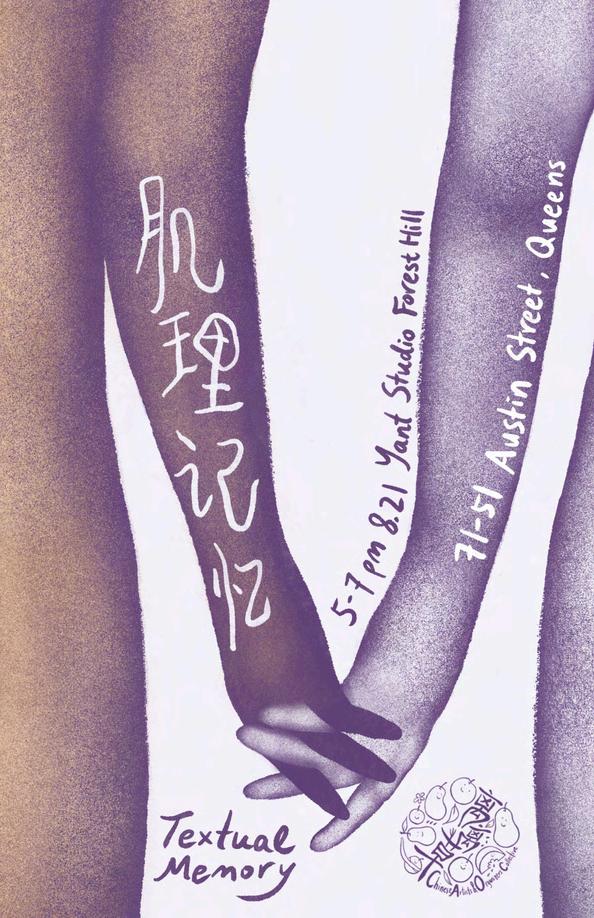
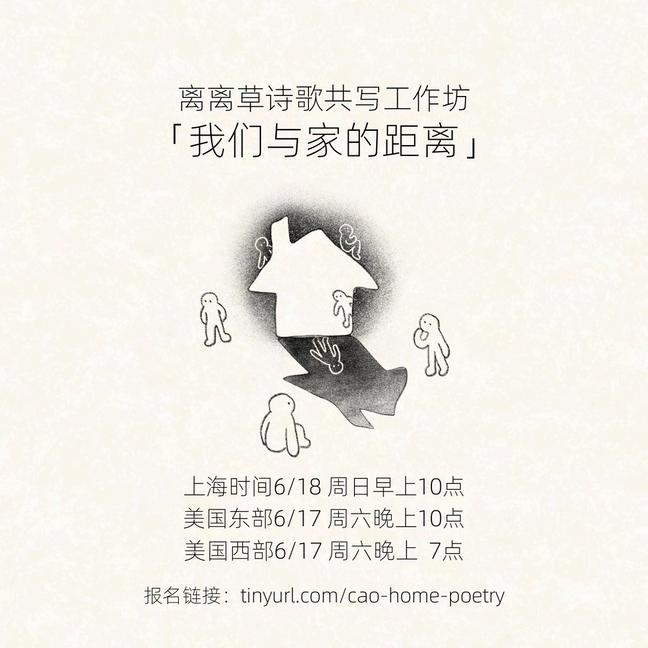

Invited by community members, scholars, and collaborators, we often bring our work to different spaces in artist talks and guest workshops.
Below are some questions we often bring up: How can embodied knowledge emerge from a critical convergence of theorizing, sociallyengaged art, and community organizing? How does poetry, translation, and collective play speak to the relationship between intimacy, distance, and knowledge? We usually interweave these threads through a facilitated discussion, sharing the processes of our past works, and we would also engage the participants for interactive activities.
▲ Language of Care: Collective Writing Workshop at Pratt Institute
Passing The Knot: Y(e)arning Radical Friendship Installation, Artist Talk, Poetry Reading and Collective Writing Workshop at Duke University

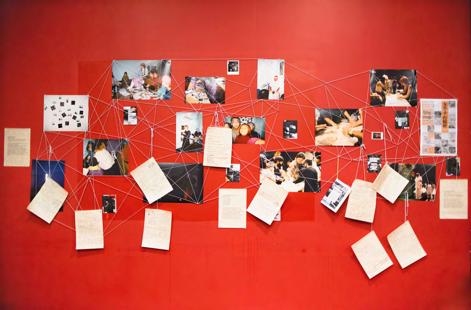
At CAO, collective poetry is a key component of our artistic practice. Using the Exquisite Corpse method, each participant starts by responding to a prompt carefully designed by us and turns to the next page(s) to continue what other people have written until everyone has contributed to every piece in the space.
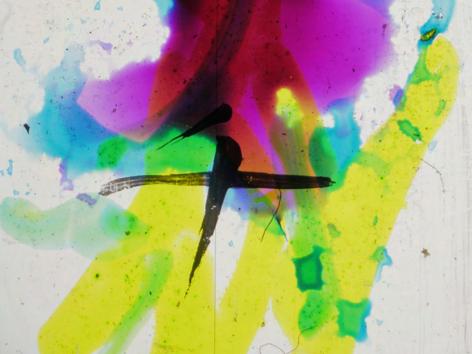
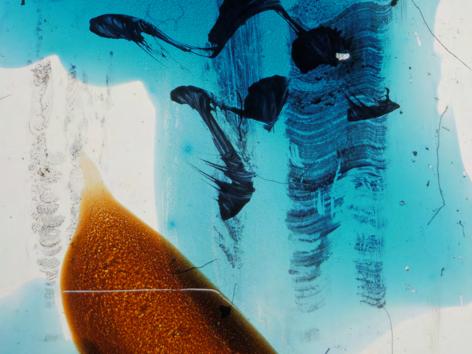
The process becomes intimate conversations with each other in the community, holding space for joy, grief, and otherwise inexplicable feelings.
Apart from writing, we’ve also explored collective art-making in tattoo art, 16mm direct animation, ceramics, and painting.
▲ be-twined: 16mm film workshop
▼ Textual Memory: Tattoo Workshop
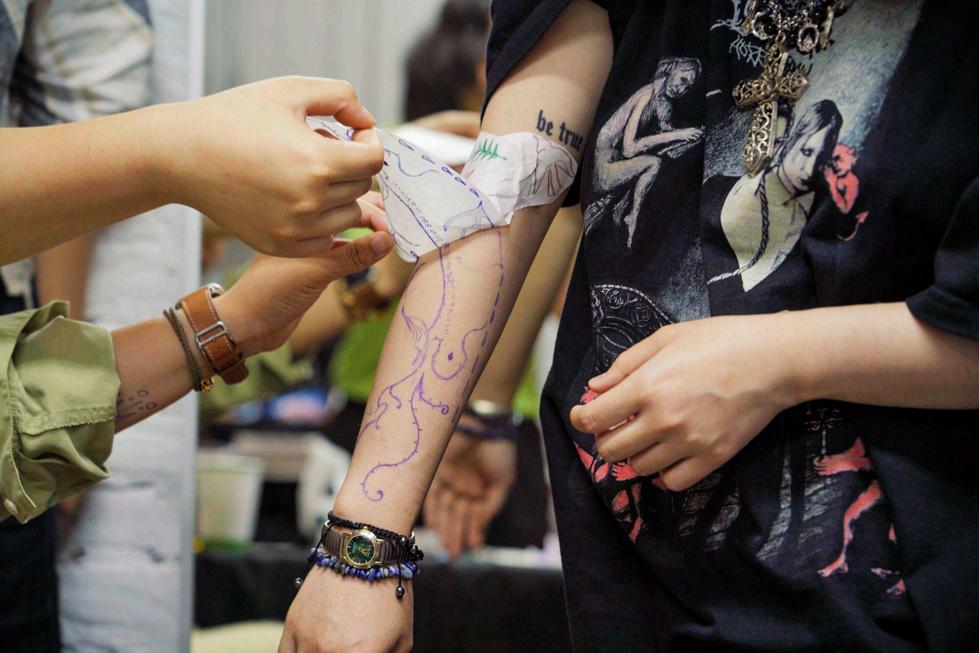
Two of our translated collective poems were published in the latest issue of Massachusetts Review’s historical issue that echoed the magazine’s Women: An Issue (1972), you’d find works that center experiences of “women who are queer, trans, gender nonconforming, poor, incarcerated, disabled, and more.”
“ Circle” and “Untamed Tongue / ”, both of which were written before our first Ciba Punch performance in 2022 by 22 performers using the Exquisite Corpse method, speak to queer femme/feminine/feminist figures in our lives.
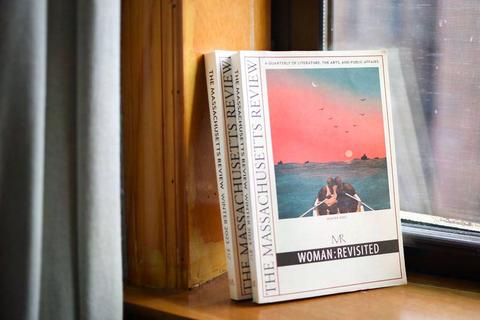
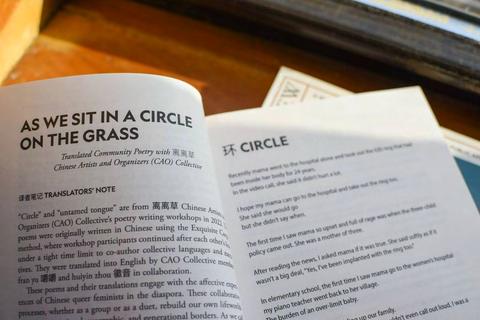
CAO Collective was featured in Voyage LA in Nov, 2023. In this detailed interview, we open up about some of the stories and memories that influenced us and our community-driven work, the challenges we faced and overcame and what we seek to continue building.
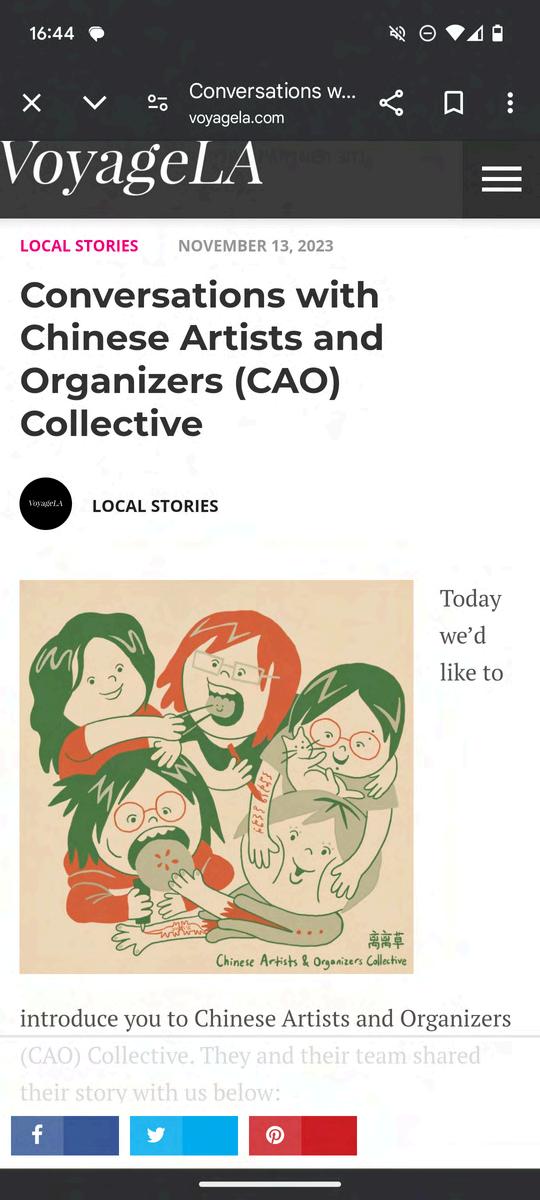

CAO’s first zine was self-published in Sept 2022, when we were first founded. It included 22 poems collectively written by the performers of CAO’s first Ciba Punch in Manhattan, NY. Calling to queer femme/feminist figures in our lives, we wrote to our mothers, aunts, activists, or to mythical figures that guided us.
Find postcard versions of these poems on our Instagram @caocollective!
CAO’s translated poems from 2022 workshops were published by Cha: An Asian Literary Journal in July 2023, alongside a note on translation.
The artful translation is an inquiry into the tensions between political legibility in English and the disruptive untranslatability of the texts. We ask: what is the politics and aesthetics to not translate something? How can we juggle the different political affect between retaining the original chaotic entanglement and rendering a stand-alone poem in English?

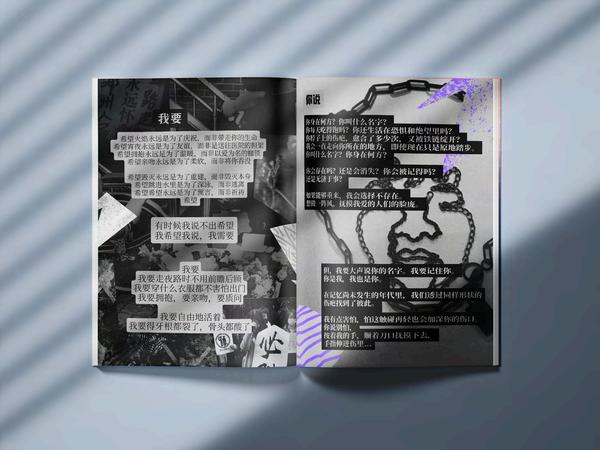
Read an excerpt below and find the complete texts on Cha’s website.
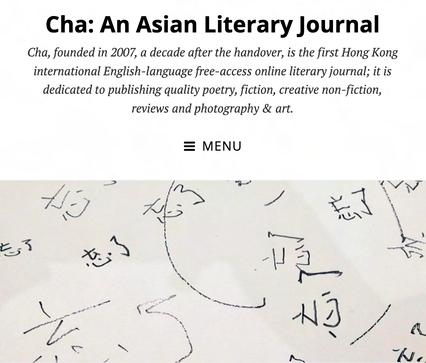



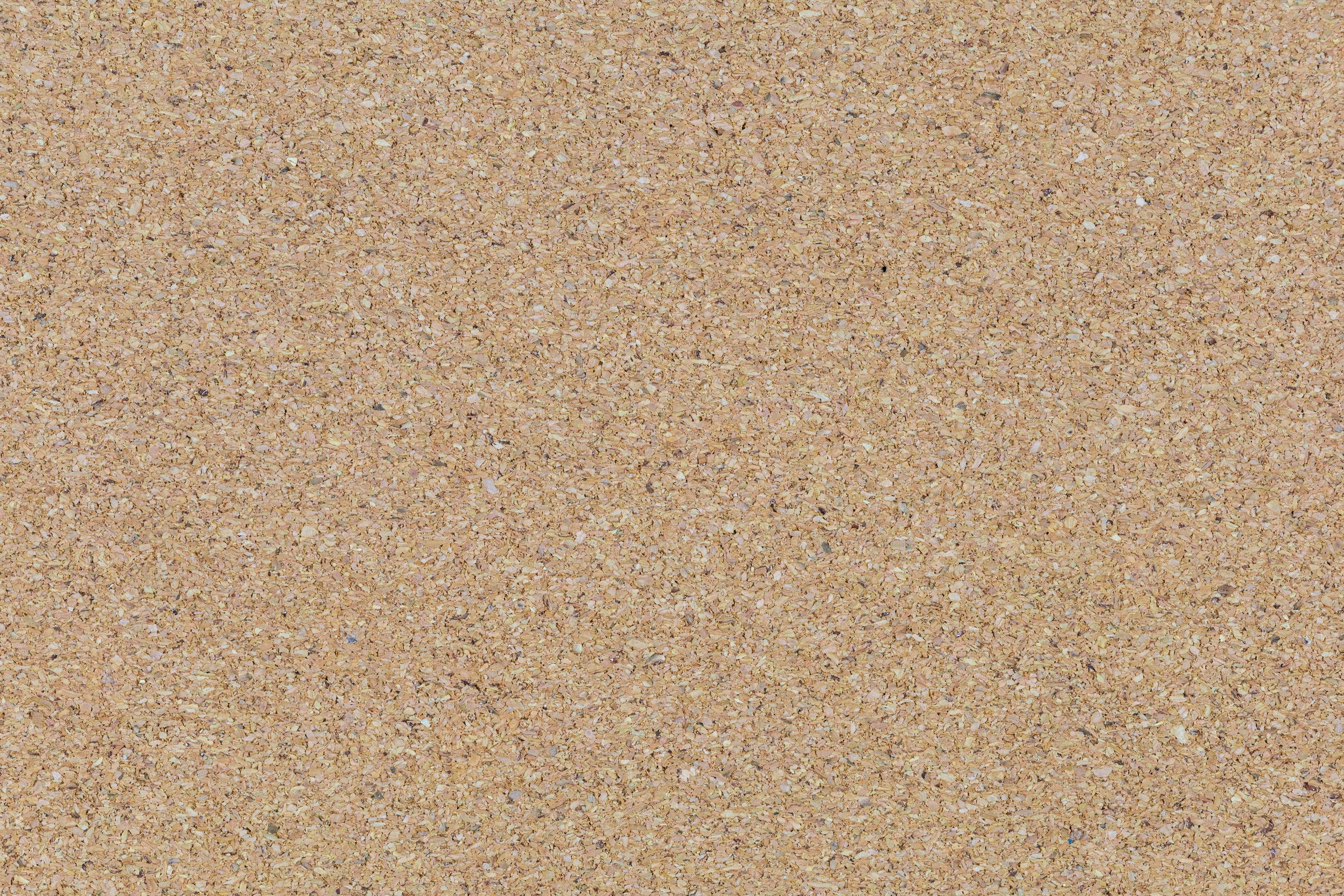
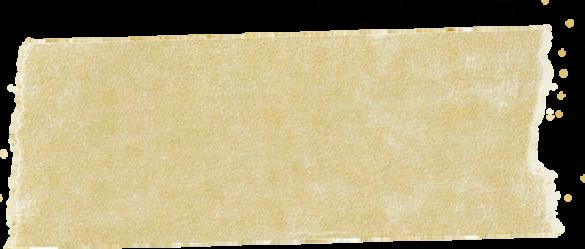
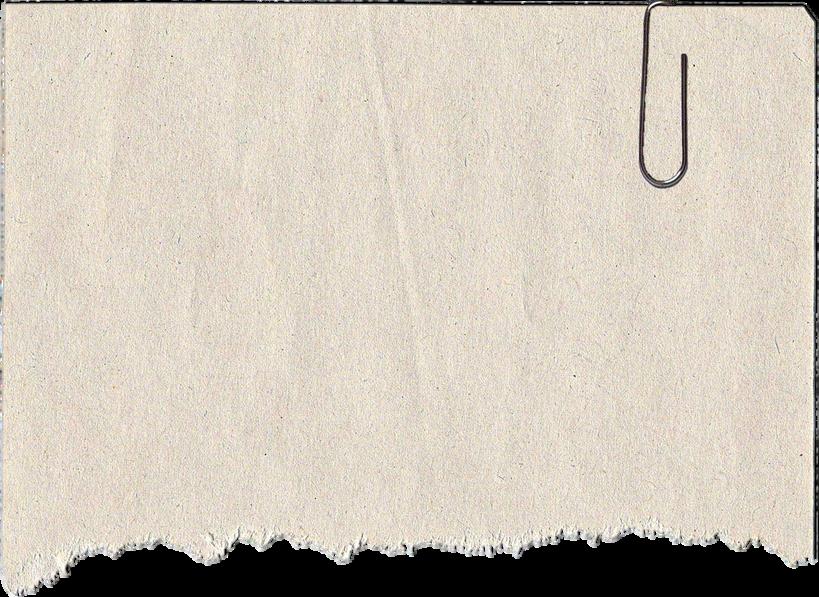
Last time I participated in the Care Dictionary workshop. It was such a healing experience! Creating on top of other’s works was a magical process. It felt like my own story merged with the lived experience of others into a new piece of art. When someone else saw it, they might also be touched by it in different ways. After meditating together, we shared our feelings with each other, which felt like each of our art pieces came together again, spiritually. The whole event felt like having a warm bowl of soup. We all spent some quality time together!
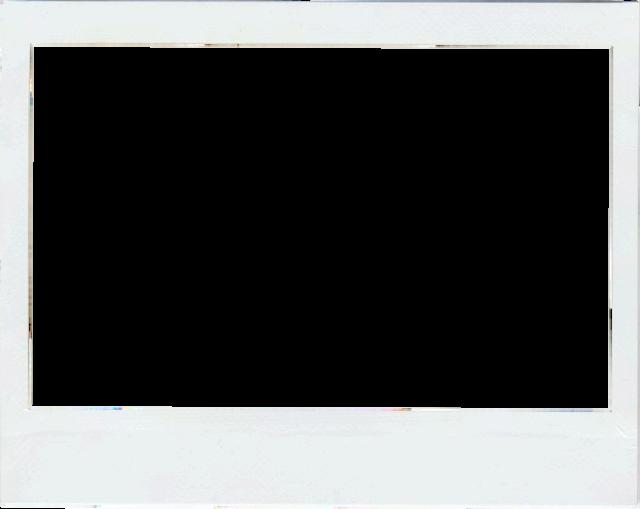

I can always feel safe and intimate in CAO’s workshops, which is very rare for me when I’m in NYC. From my impression, CAO’s events often start with a lot of energy and I’m able to connect with a lot of people. Some of them become important friends in my life. During the workshop, we find peace together, noticing our breaths, feeling the food in our hands. Being able to see my inner self when I’m with many other people is a magical experience to me. I often leave CAO’s events with a lot of feelings. One gathering after another, before I realized it, CAO witnessed many important stages of my life.
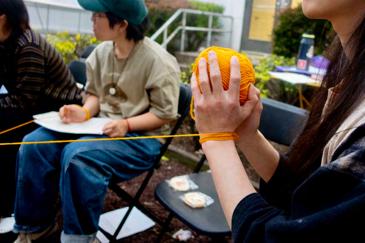


AsaVietnamese-Americanartistandmusician,I’ve foundcollaboratingonCAO’sprojectsand workshopstobefulfillingincreatingcommunity betweenAsian-Americanartistsandstudents;and throughtheseworkshops,empoweringeachother.It’s beenapowerfulexperienceworkingwithCAO’s expandedcommunitywhilefacilitatingbreathwork andvocalizationwithinworkshops:makingcontact withourownbodies,breathes,sounds,and memories;aswellaseachother’s.
Julia
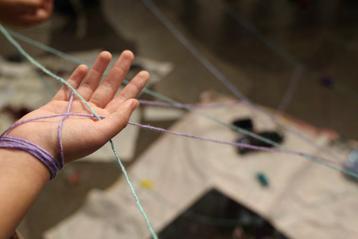
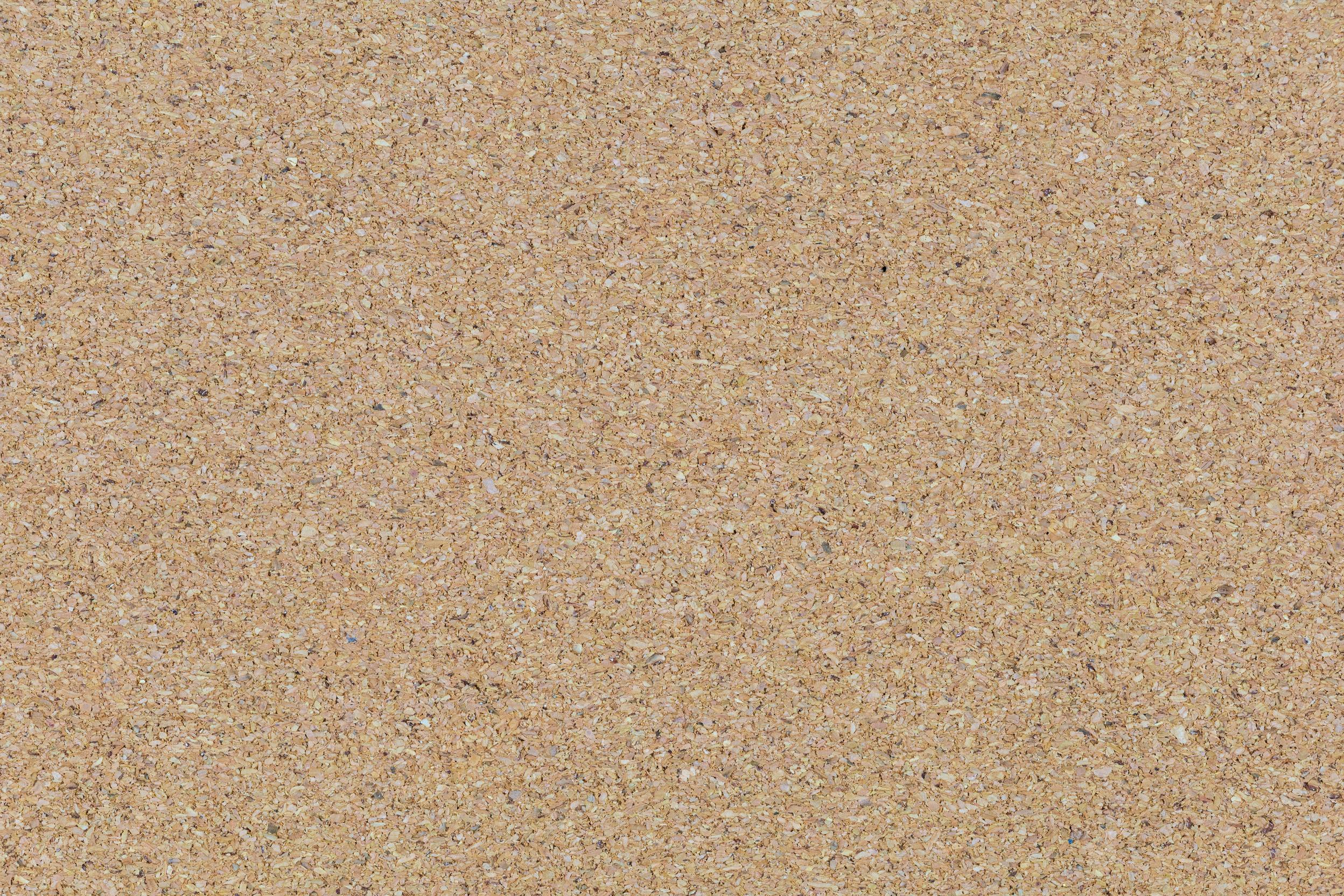


AsaparticipantofCAOworkshops,Ifeltastrongsenseof community,gentleness,andsafety.Itwascleartomethata lotofeffortwentintocommunicatingcareandinclusivity duringeveryevent.Becauseofthiscare,Iwasabletoentera spacewhereIwasthemostauthenticselfwhilemakingart withotherparticipants.
AsaleaderofaworkshopwithCAO,Ifeltthepowerofhaving aspacededicatedtoqueerartistsfromChinawhochooseto useChineseasoneoftheirlanguagesofart-making.Ithelped meidentifyflawsofusingEnglishastheofficiallanguagein mattersrelatedtodeeplypersonalfeelings.Theopennessof CAO‘sworkshopenabledaflowthatwentbeyondbordersand language,andmadethisworkshopverysuccessful.



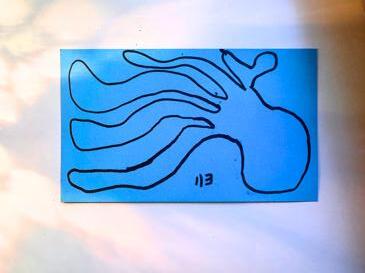
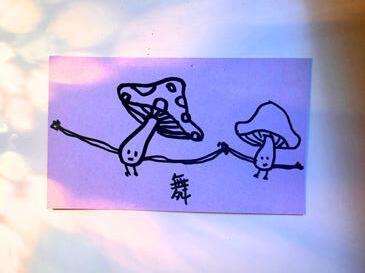
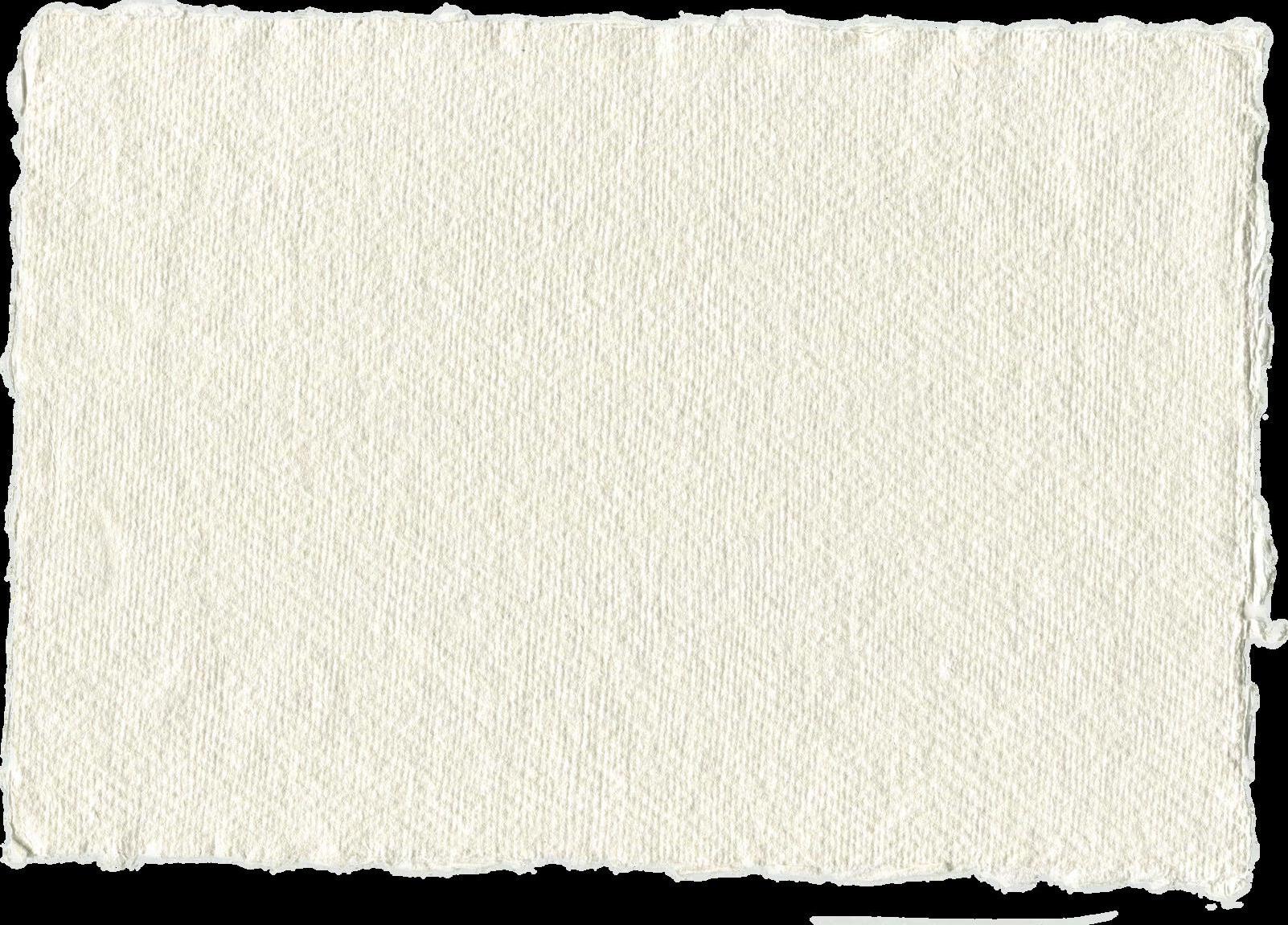
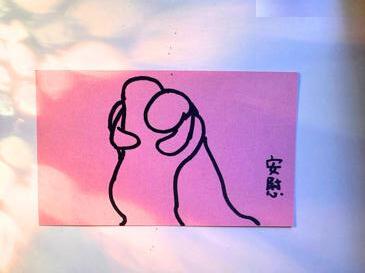
CAO is like a soft cloud with the scent of rain and earth, like a colorful bubble that can carry everyone away. To me, CAO is not just a community in person, or just a safe space. Participating in CAO's community activities has made my vague doubts about my own identity clearer. Compared to arbitrary categories like ethnicity and nationality, the community that each person chooses based on shared values can in fact better represent who you are. I’m very grateful that CAO is providing me, someone who often feels out of place, with a safe and comfortable small community where old friends and new friends can support each other, allowing us to grow freely and nourish ourselves and others like grass on their land. GinE

I believe that engaging in social movements without deepening inherent structural injustices is predicated on the activists’ ability to confront and attempt to heal their own wounds. I feel that CAO‘s events (“Ciba Punch, ”,“Kneading Breaths”, “Care Dictionary”) created a balanced and organic space where participants can experience interconnectedness, creativity, and healing experience through non-verbal means, giving space for inner peace and strength to many individuals who are activists themselves. I felt that this was justice on an individual-to-individual level as if it was possible to transcend the arguments of opinion and emotional impact on a verbal and cognitive level and try to get back to the bodily sensations that follow us from moment to moment but have been lost for so long.CAO’s events allowed me to experience that the many exercises that are healing in the conventional mental health sense are no longer a middle-class, private, regulation that may run the risk as a means of control but can finally be restored, as part of a community‘s collective memory, and a profoundly liberating healing experience. As a member of the Chinese diaspora in the English-speaking world, I often feel that the memory of my mother tongue and the justice that belongs to me is being diluted and even eroded, and it is extremely precious to be able to return to these memories and imagine the possibility of justice together with other members of the Chinese diaspora. Thank you, CAO.


Xiao Shu

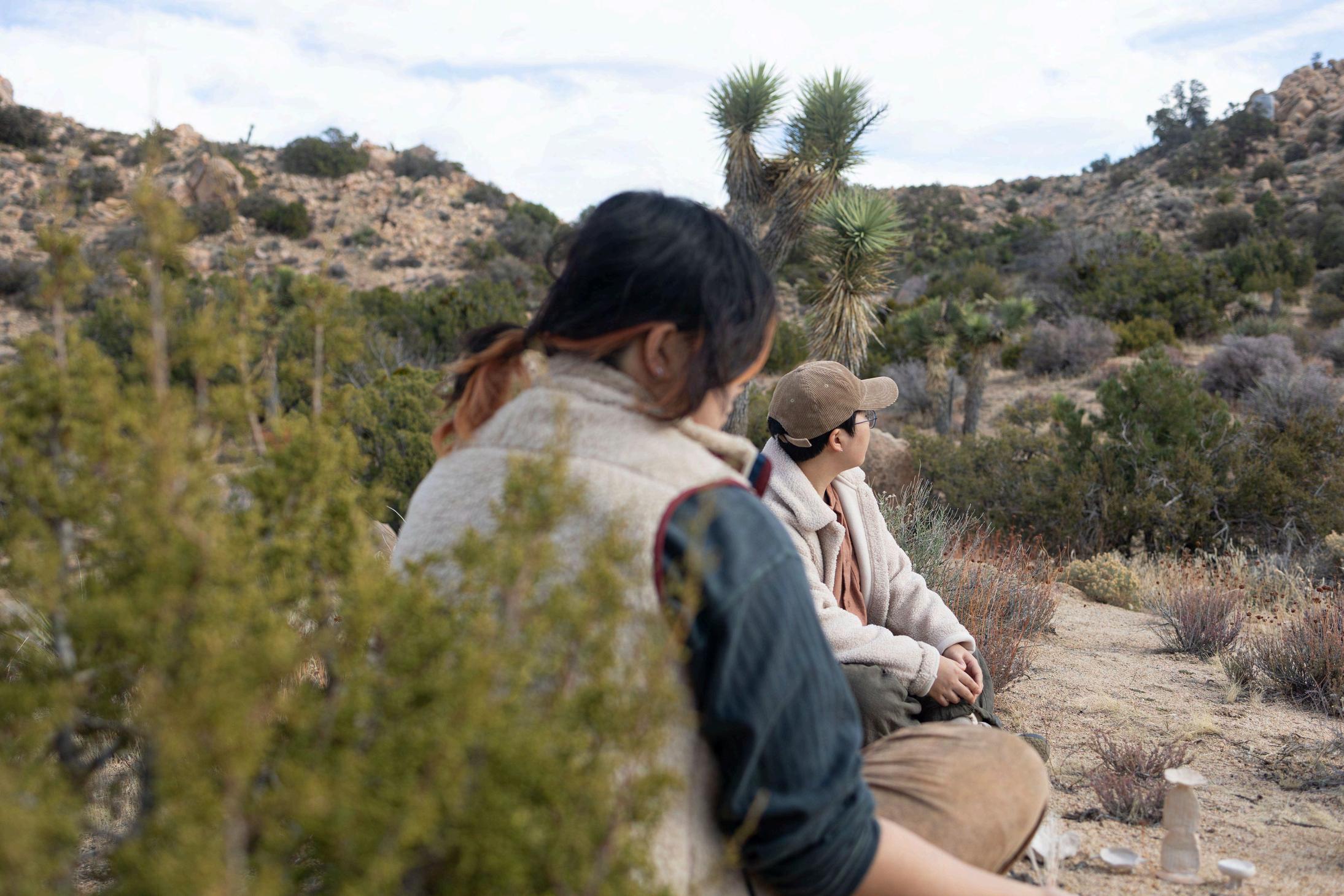
As we wrap up our first year and a half of art and organizing, CAO Collective extends our heartfelt appreciation to all community members, collaborators, volunteers, partner organizations, and donors. We would not have been able to carry out such diverse programming without you!
In 2024, as we hope to continue providing publicly accessible programming, we will also pivot to navigating changes in our collective’s visions. When CAO’s founding members gathered as a loose collective in 2022, CAO’s future was uncertain. Transformed by our community’s enthusiasm and our members’ continued dedication, what began as a passion project is now a home we can return to. We now have a monthly newsletter to sustain engagement beyond social media, which was unimaginable a year ago. However, maintaining this home requires hard work and time for housework: rest, reflection and strategic planning.
Therefore, in 2024, CAO will spend time reevaluating our capacities for sustainable public programming; conducting research for grant development; and turning our ongoing community artwork into public presentations such as performances and exhibitions. While we will continue provide Sinophone or Chinese-speaking spaces, we also hope to engage more ethnically and linguistically diverse audiences. We are excited to see CAO grow, transform, and continue being a nurturing playground for BIPOC queer feminists, elders, and youth.
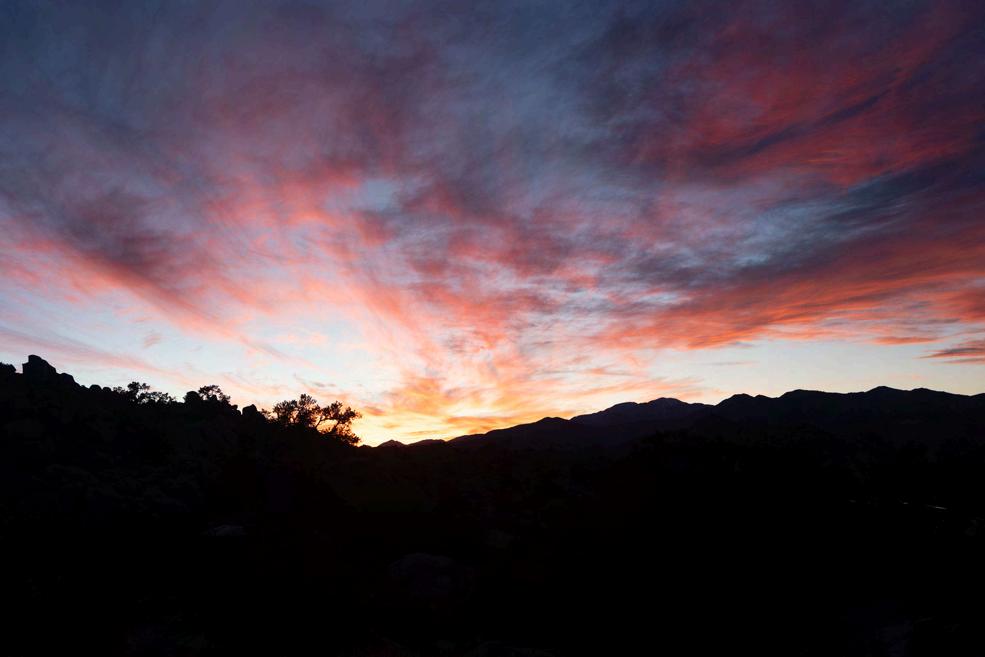
(Alphabetical order)
Individuals
Albus Wang
Chang
Chuqiao Li
D.Z.
David Lee
Eileen Cheng-yin Chow
Hui Faye Xiao
Joyce T
Julia Santoli
Lele
Ping Zhu Polly
Q.M. Zhang
Tammy Lai-Ming Ho
Yang Li
Yao Xiao
Photo Credits
huiyin
Kathy Ou
Laura 嘟嘟
fran
lele
workshop participants
Organizations and Institutions
alpha nova & galerie futura
Asian American Arts Alliance
Beall Center for Art + Technology
BRIC Arts Media
Cha: An Asian Literary Journal
ChineseFeminism 女权学论
Duke Arts
Duke Asian American Studies Working Group
Duke Asian Pacific Studies Institute
Duke Center for Documentary Studies
Duke Center for Sexuality and Gender Diversity
Hamilton College Digital Arts Department
International Human Rights Art Festival (IHRAF)
Massachusetts Review
Orgs
Pratt Institute
Project for Empty Space - Feminist Incubator
Red Canary Song (RCS)
Robinson S.P.A.C.E.
Sara’s
The Pop Hop Bookstore
The University of California Natural Reserve System (UCNRS)
Wesleyan University
Yant Studio
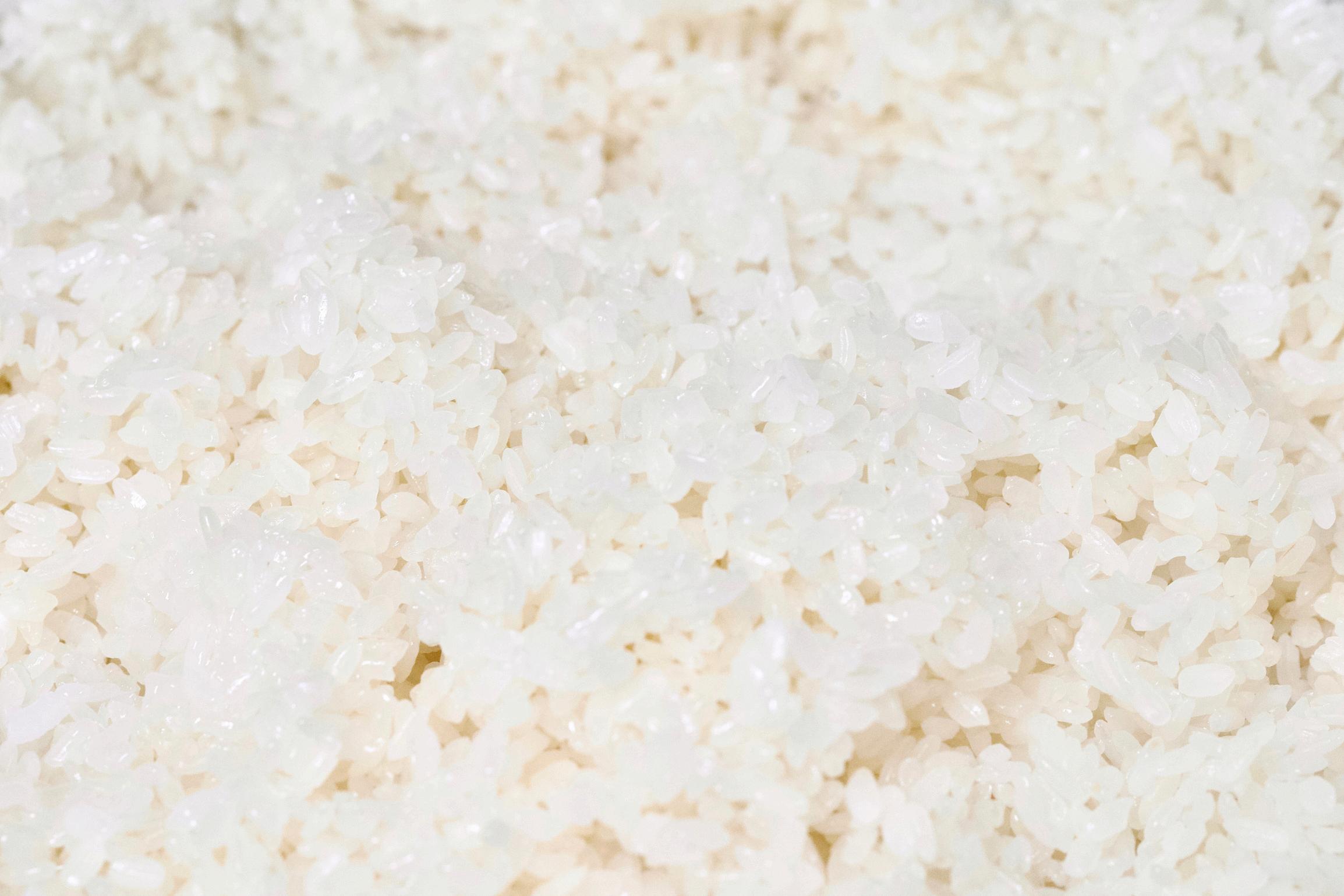
Subscribe to our monthly newsletter: tinyurl.com/CAO-newsletter
Make a donation via Venmo @caocollective or reach us at caocollective@gmail.com for larger amounts!
For collaborations: tinyurl.com/cao-collab
Instagram: @caocollective
Website: caocollective.com
Email: caocollective@gmail.com
